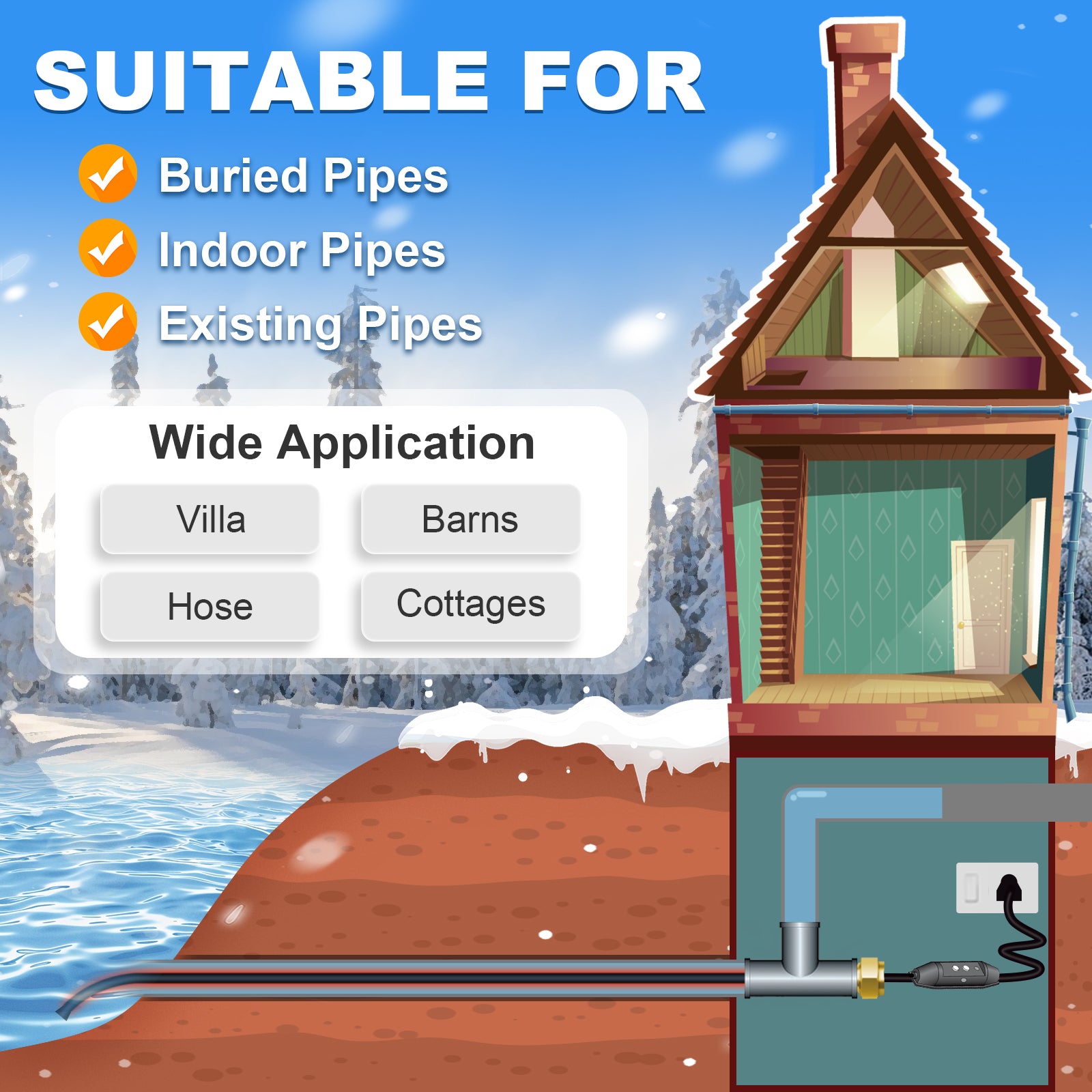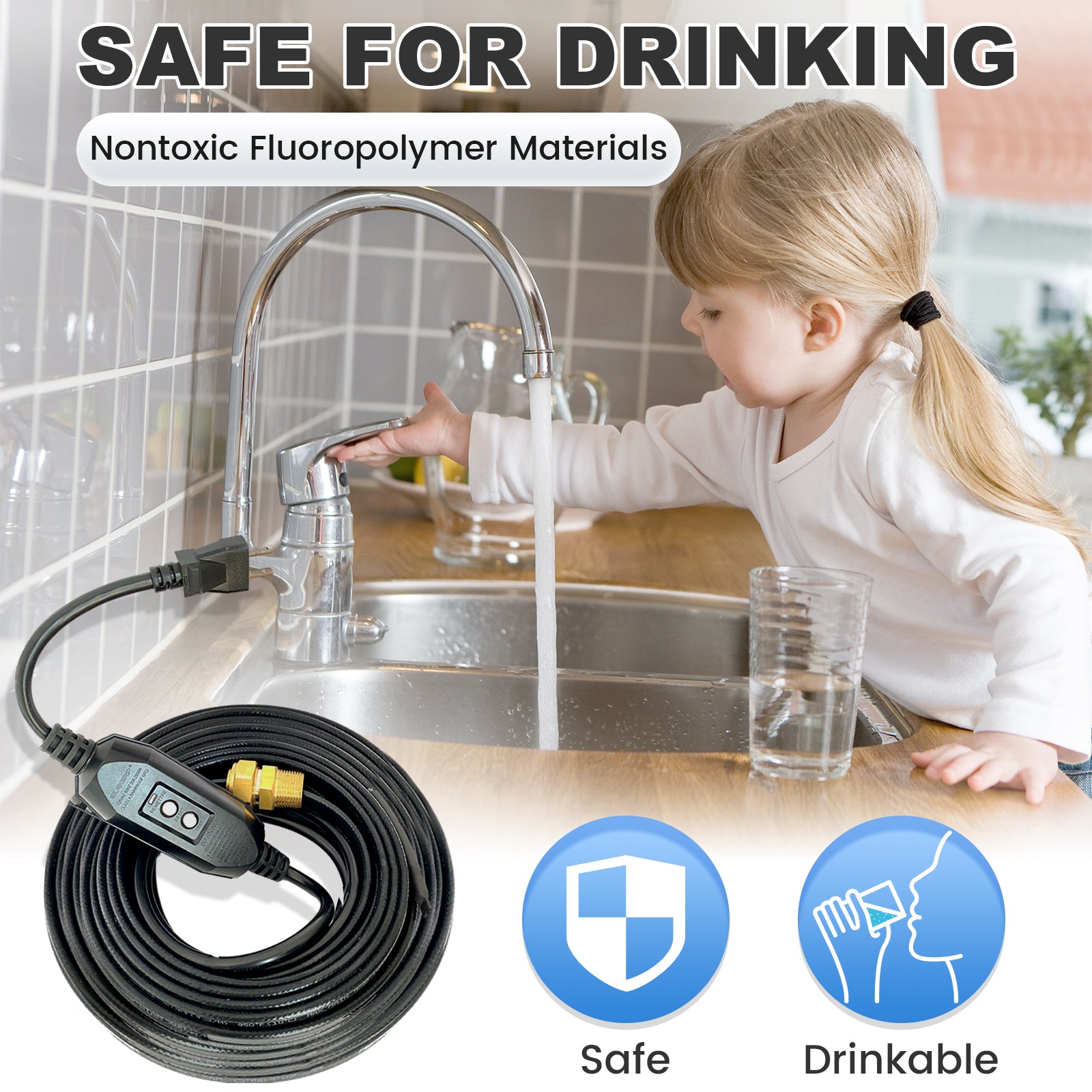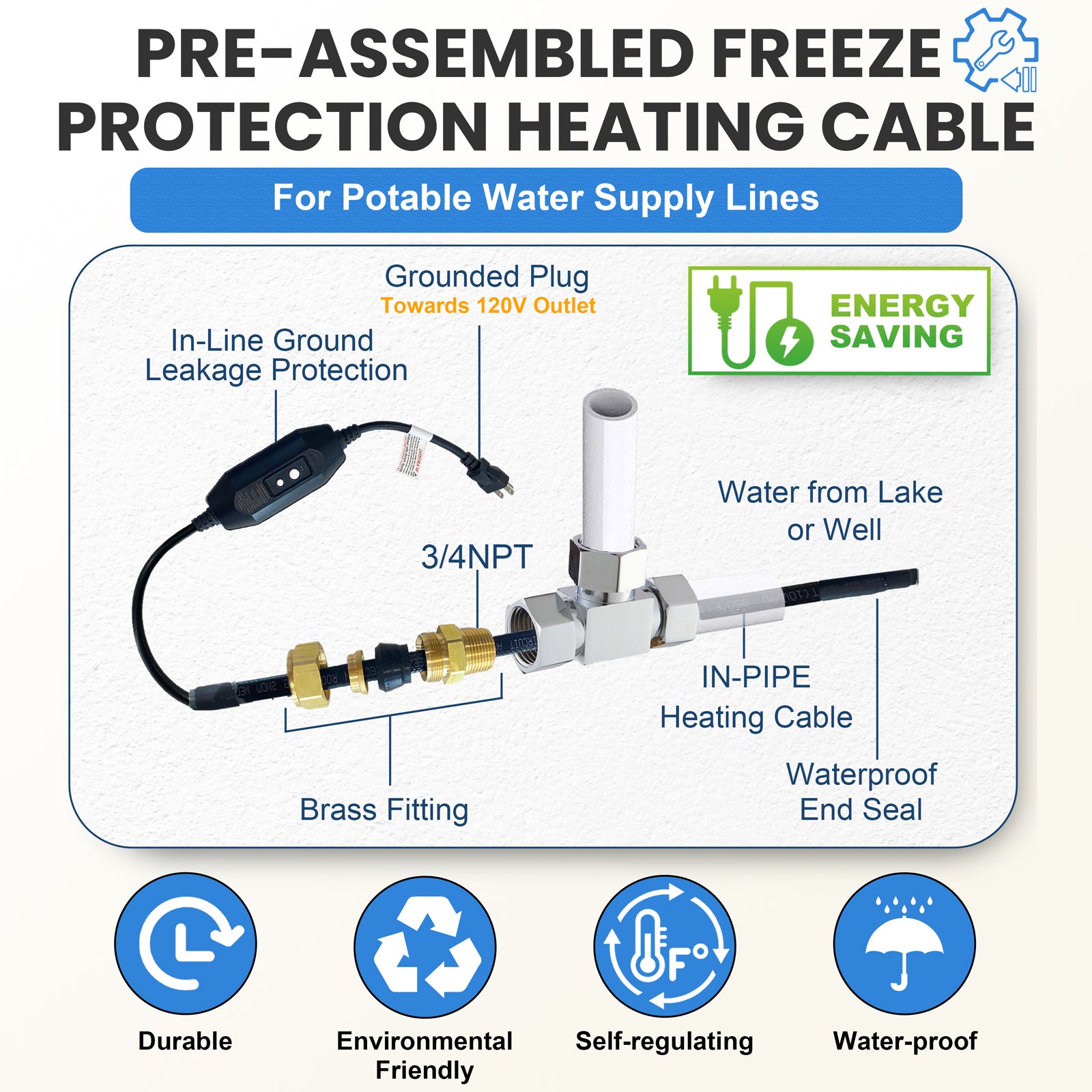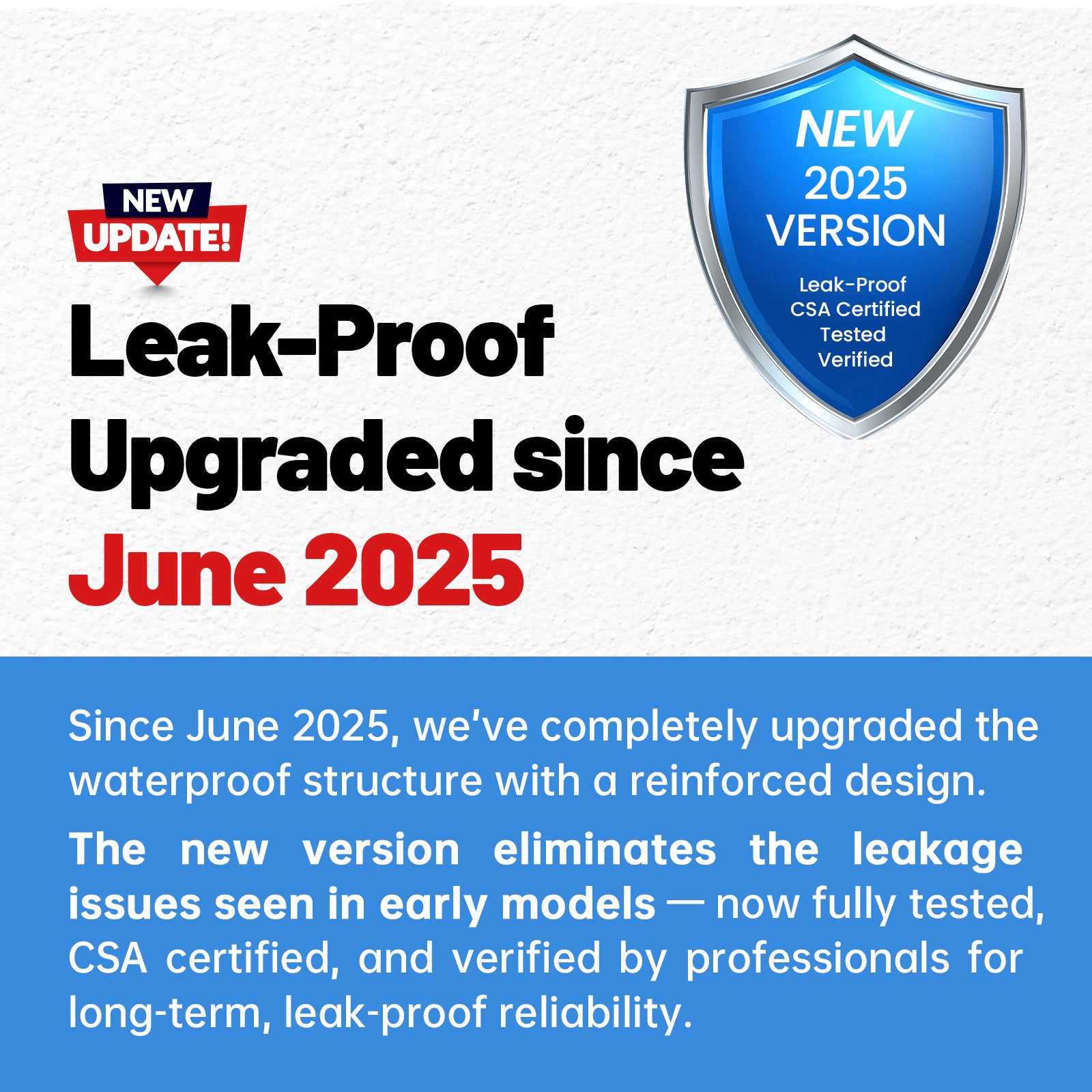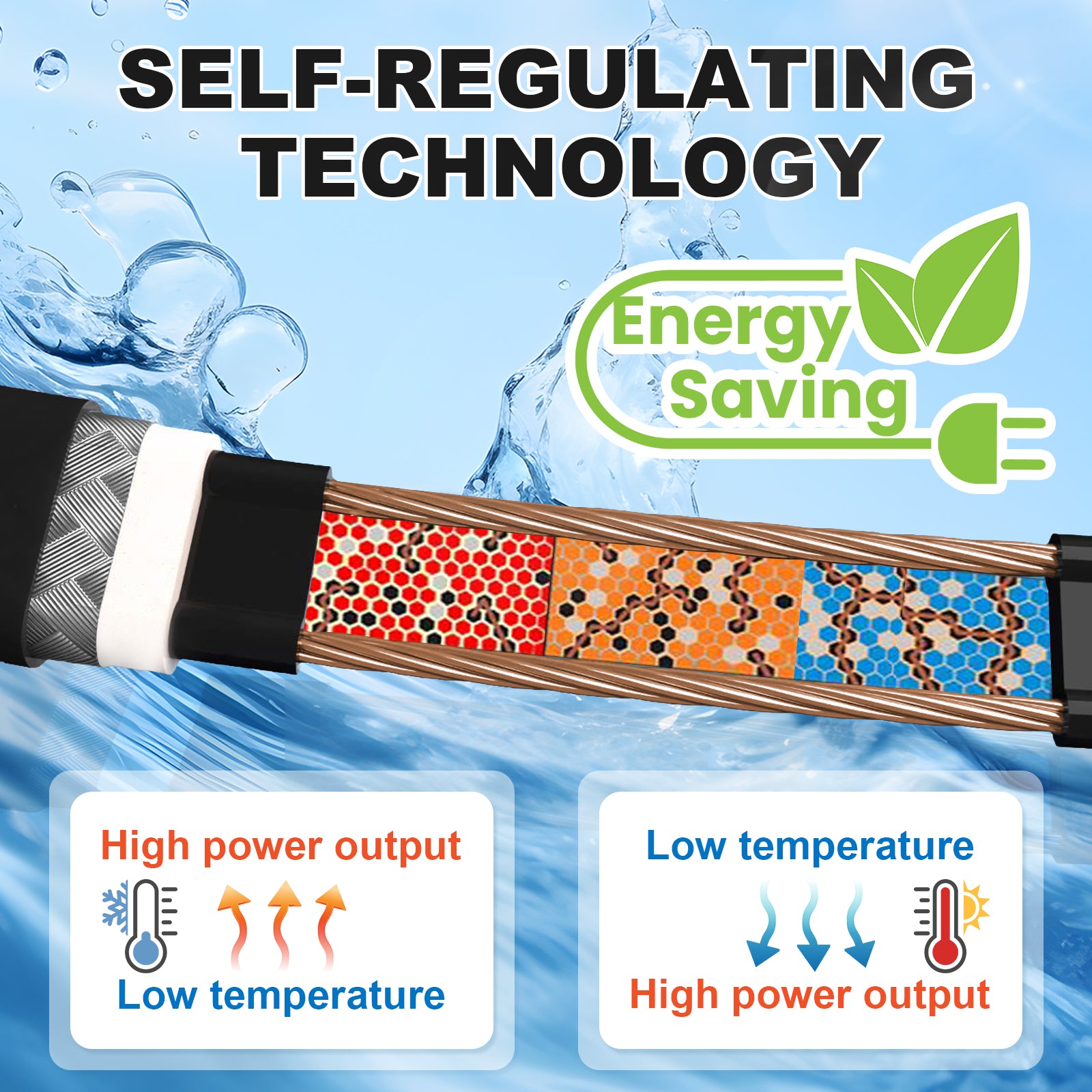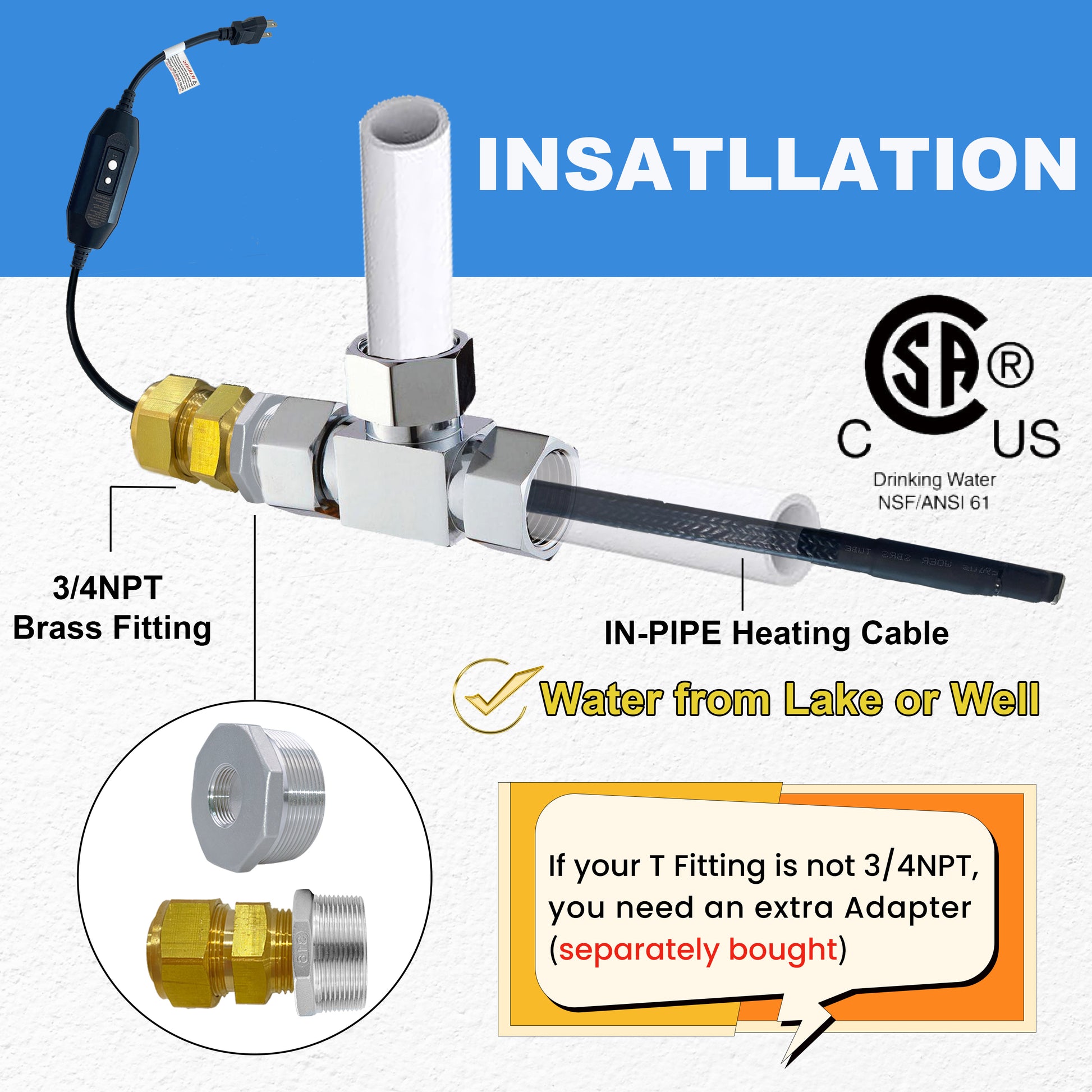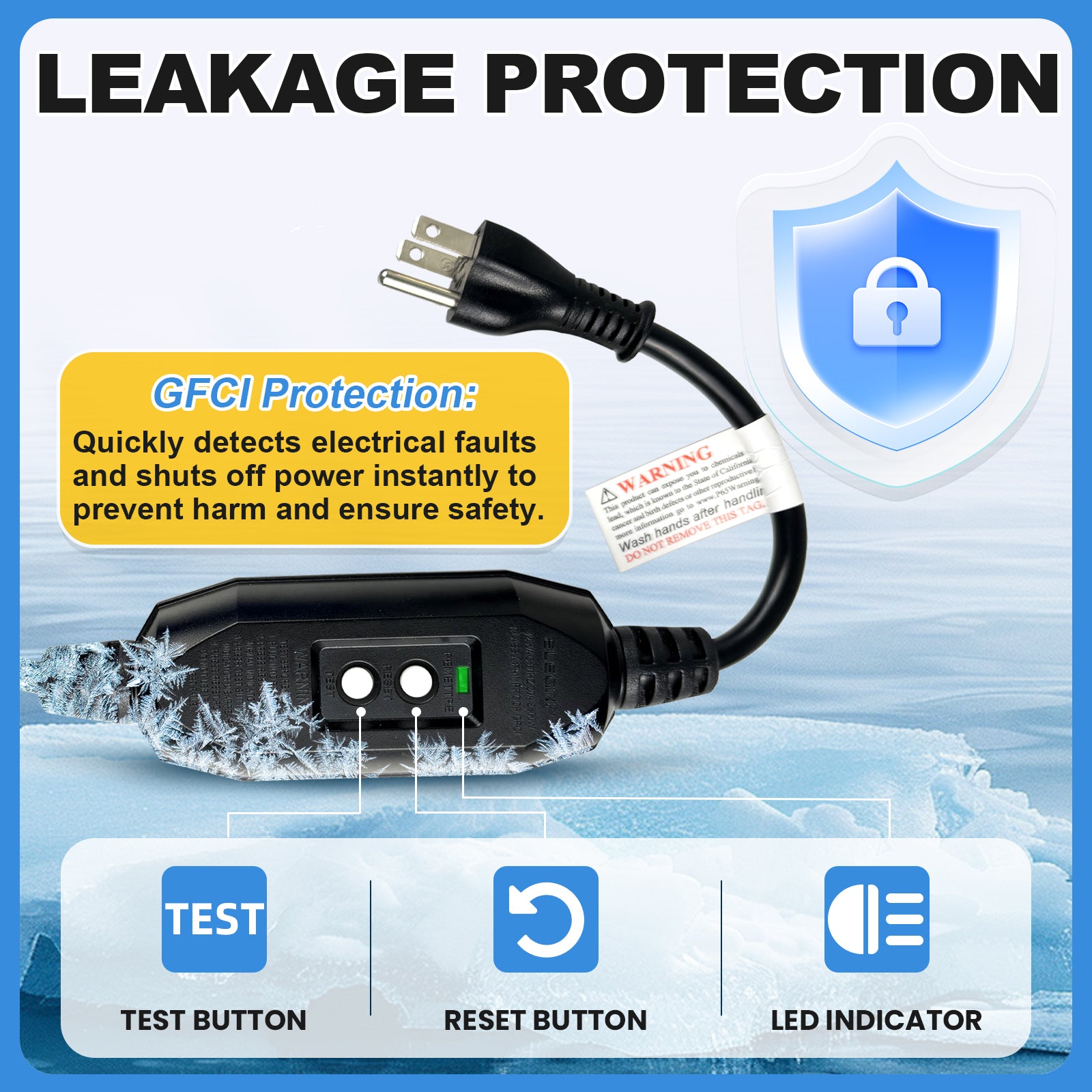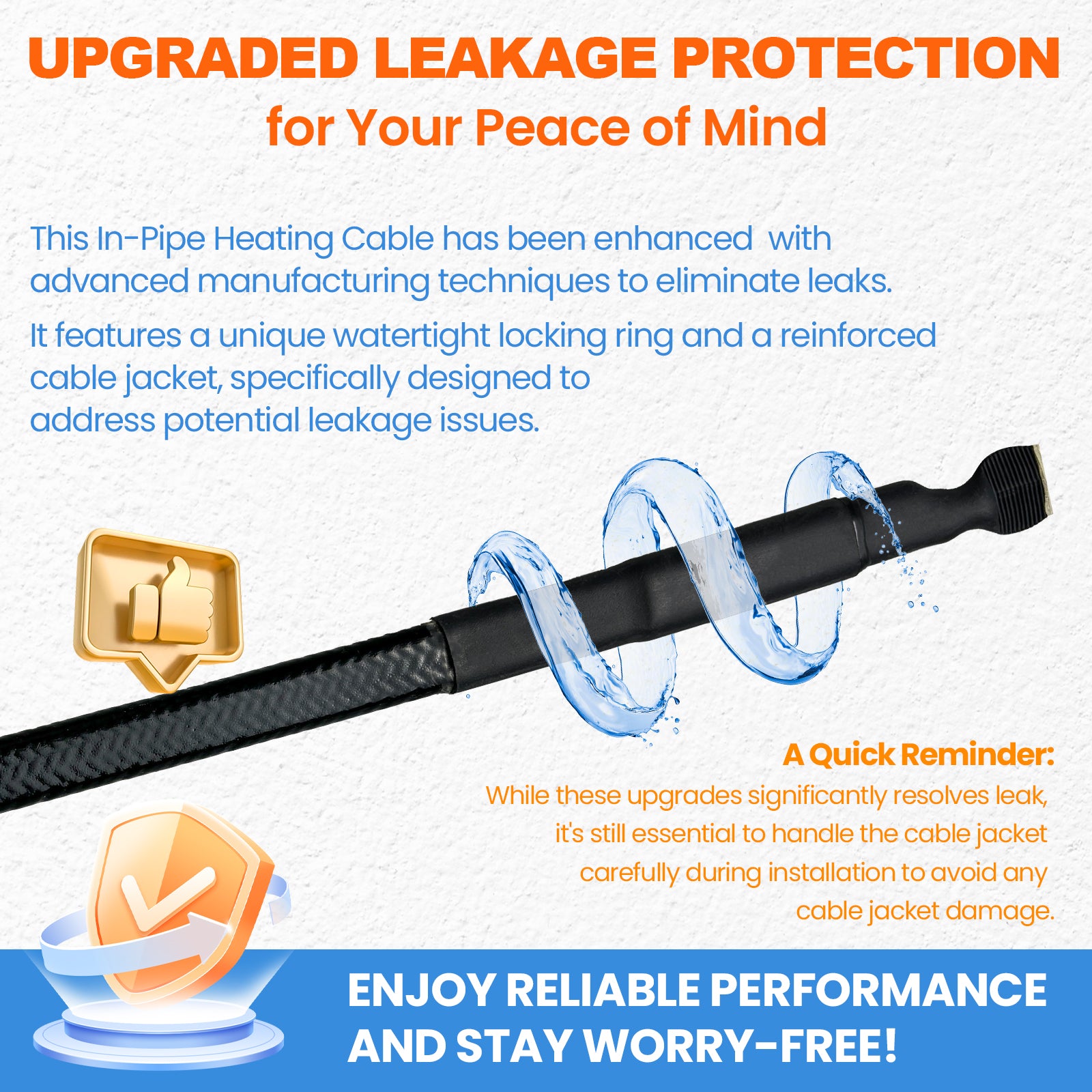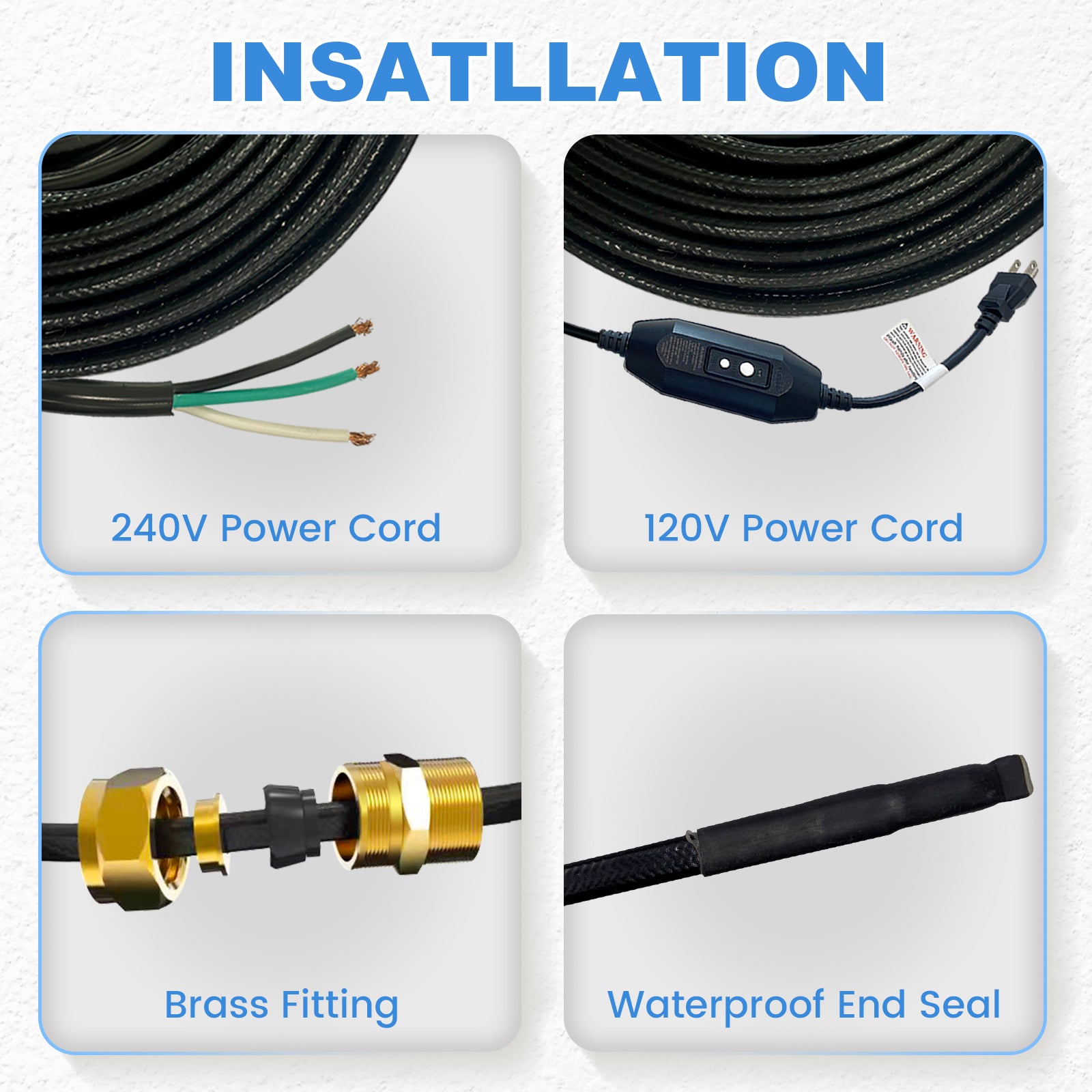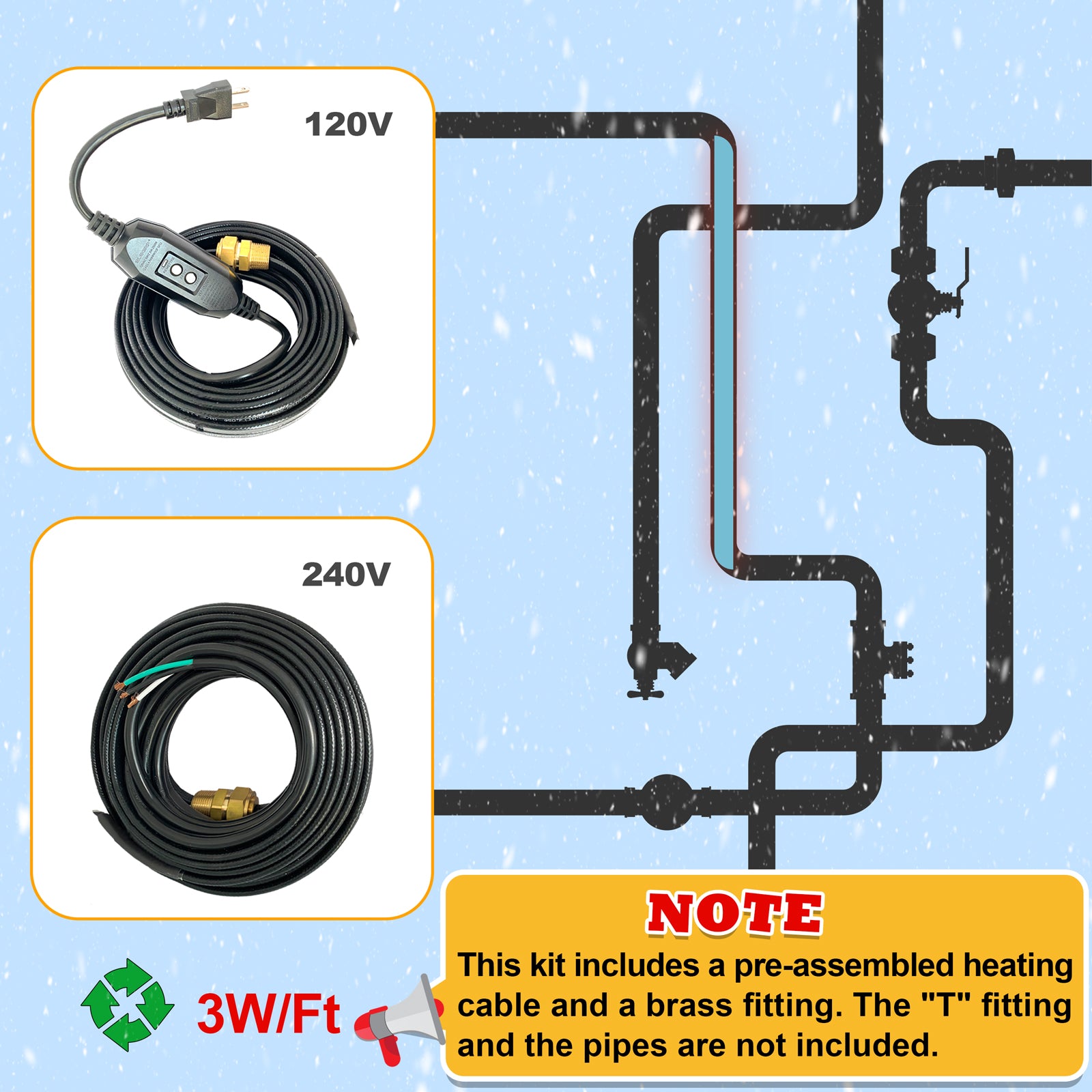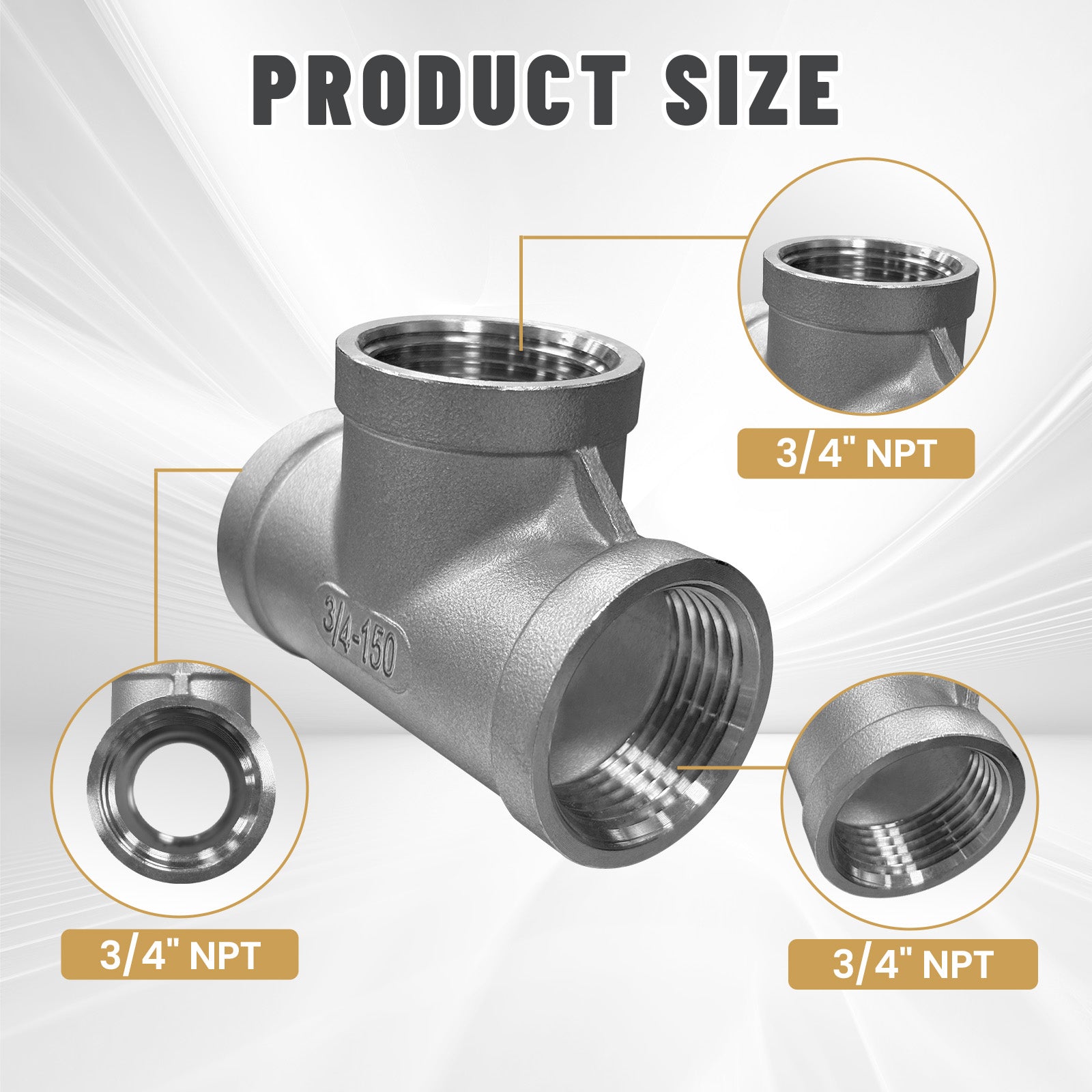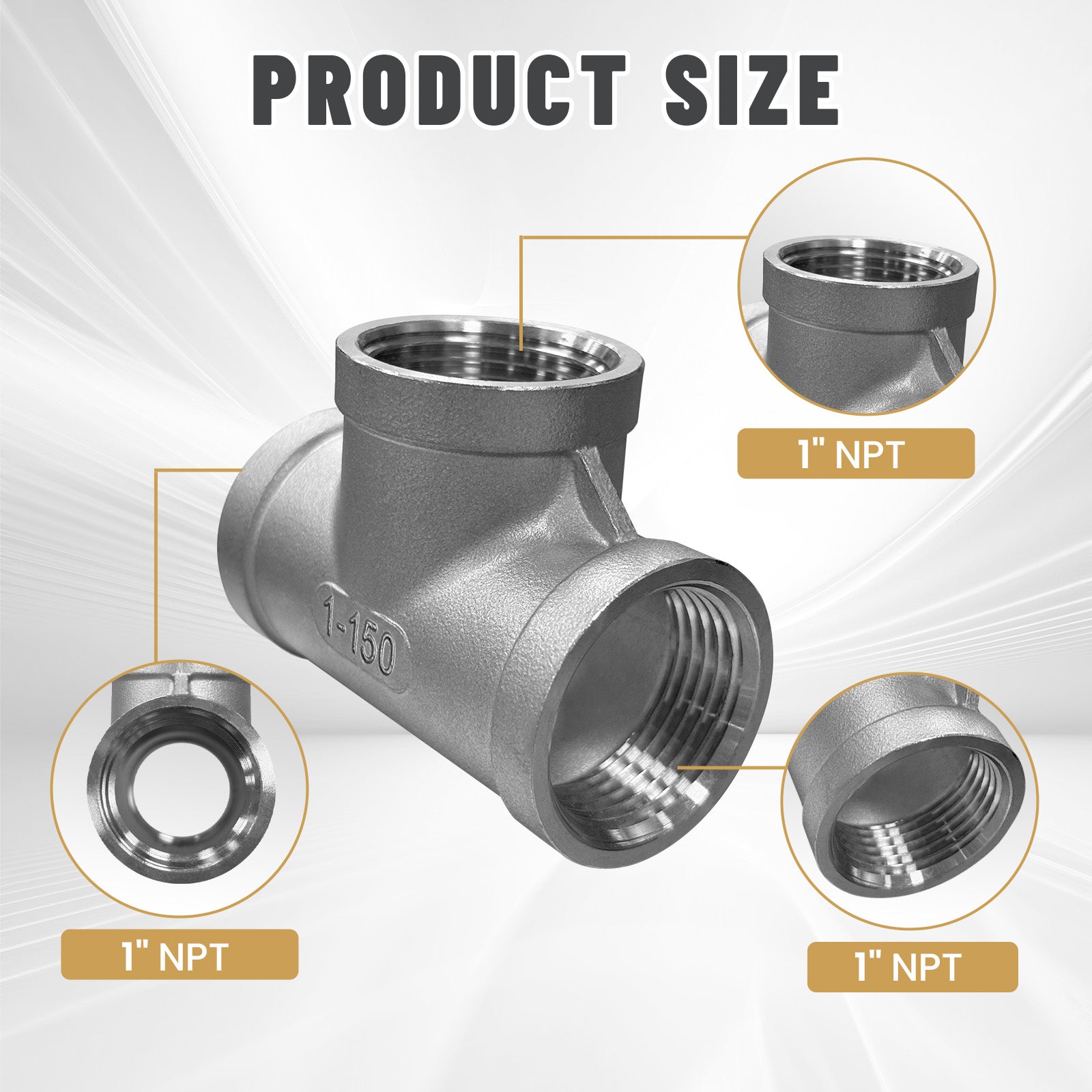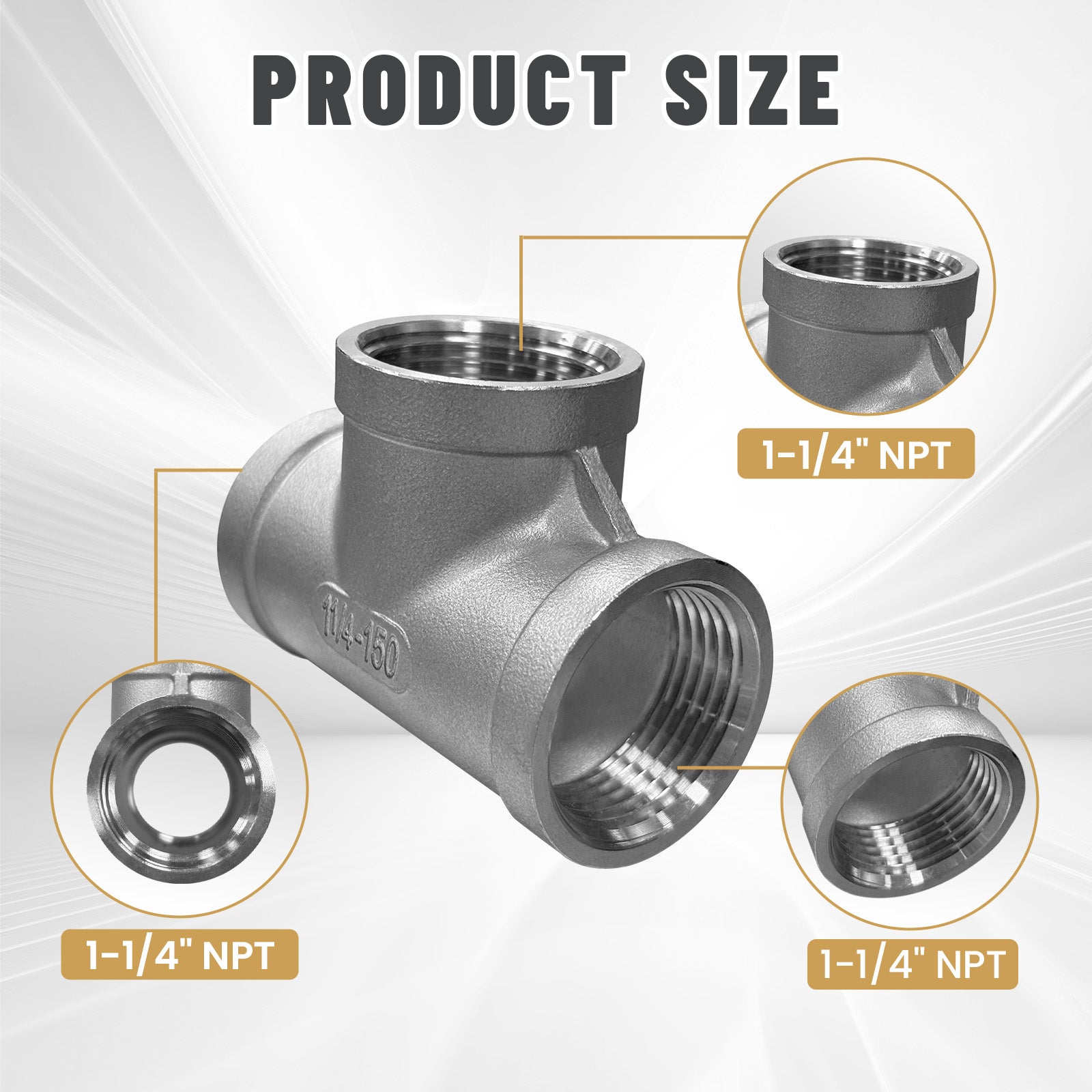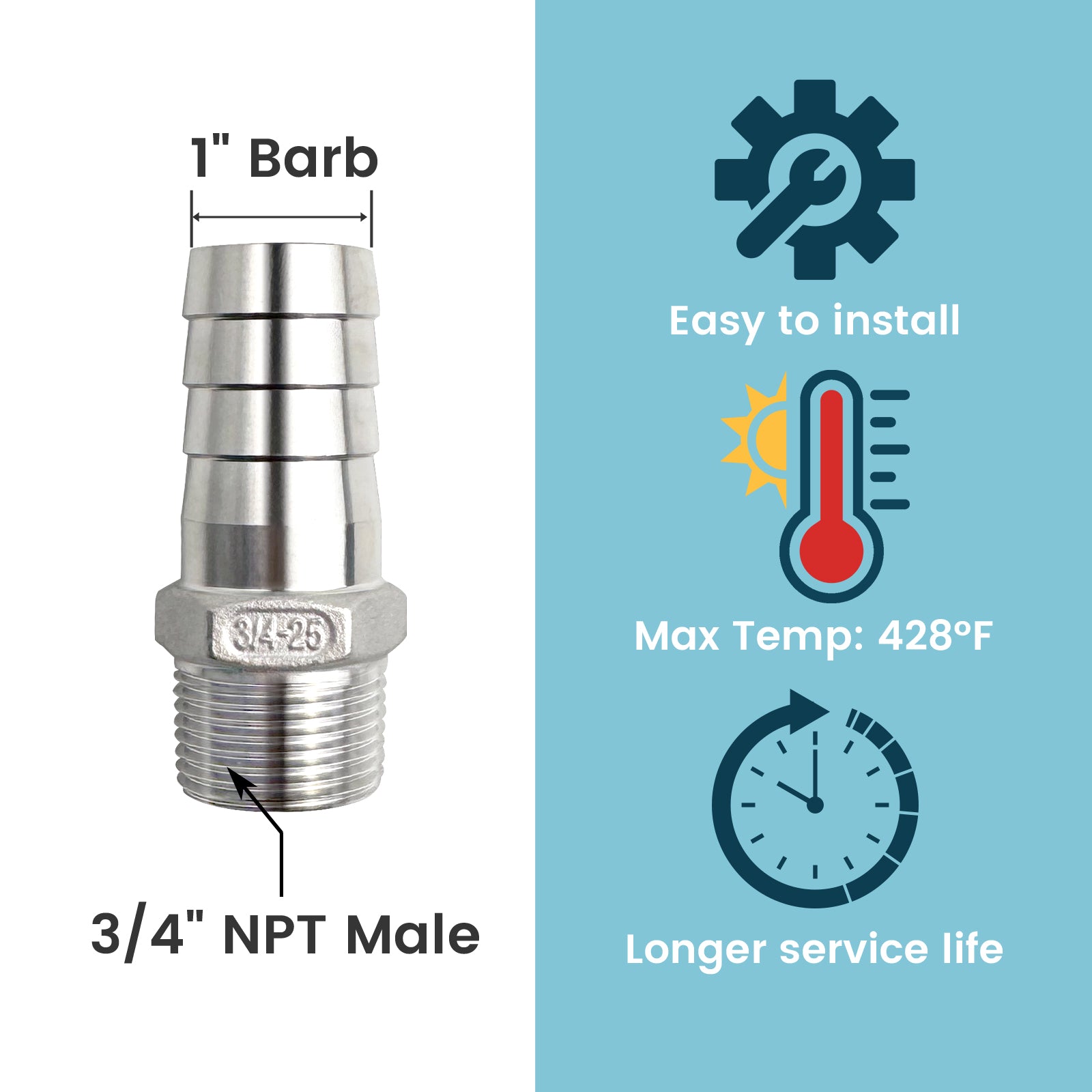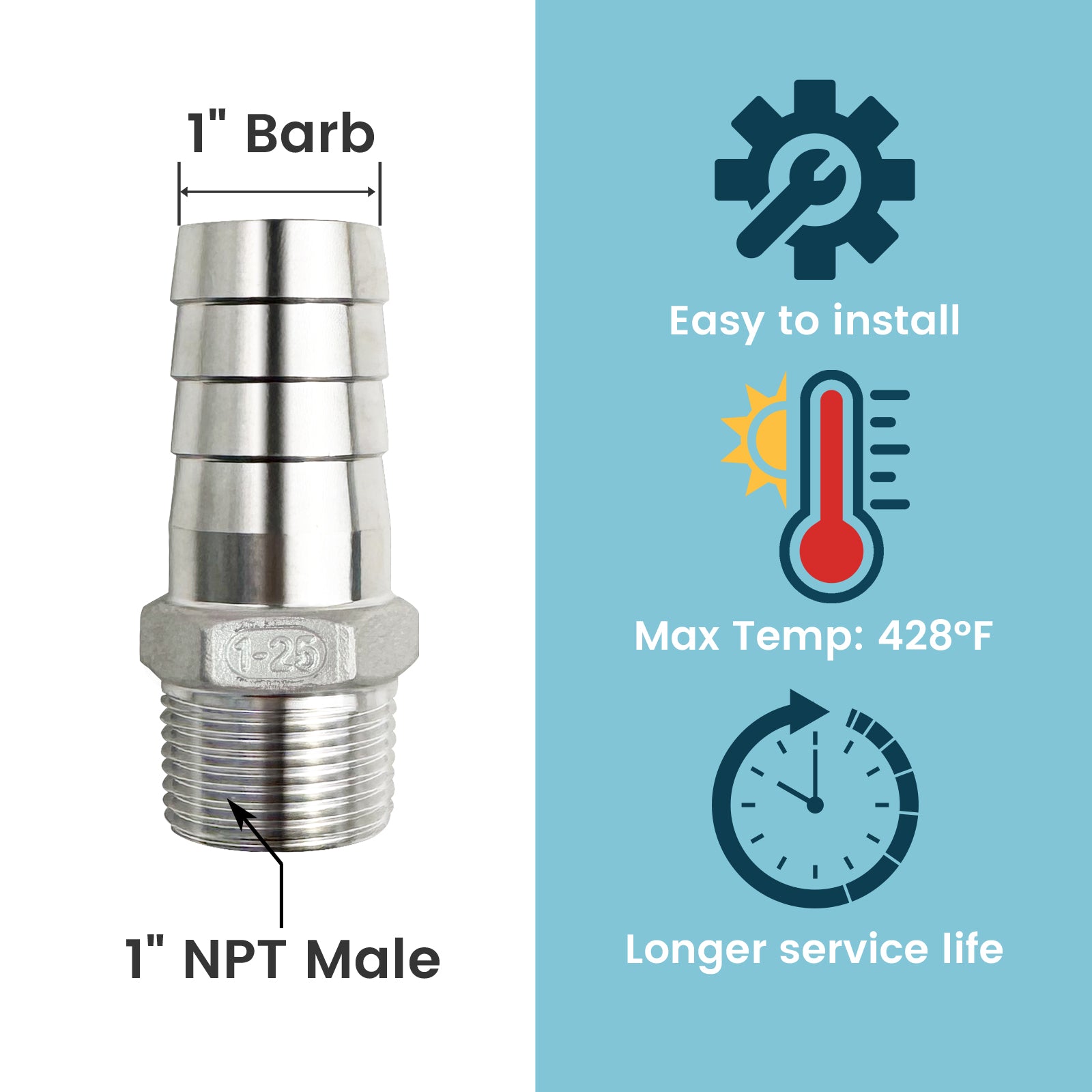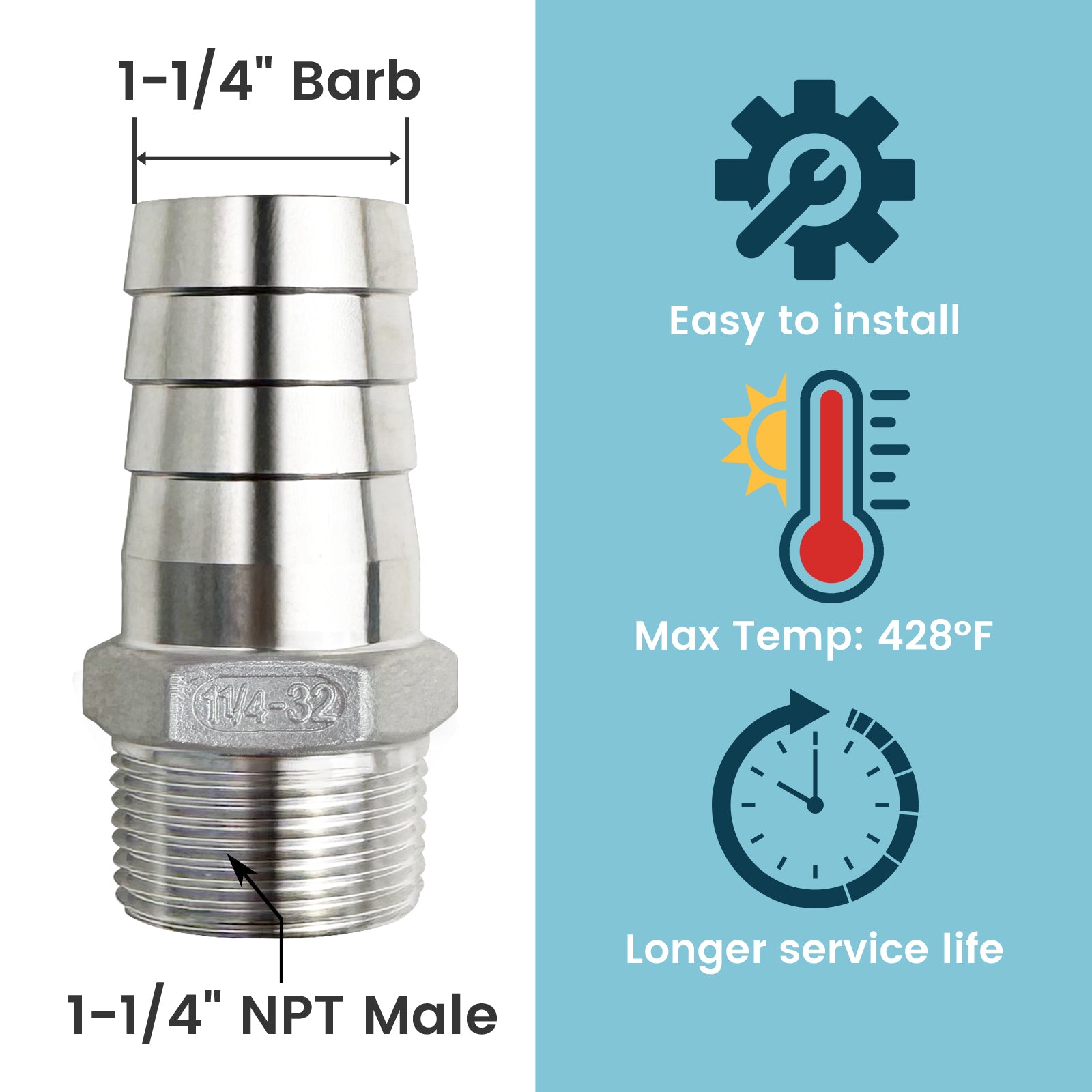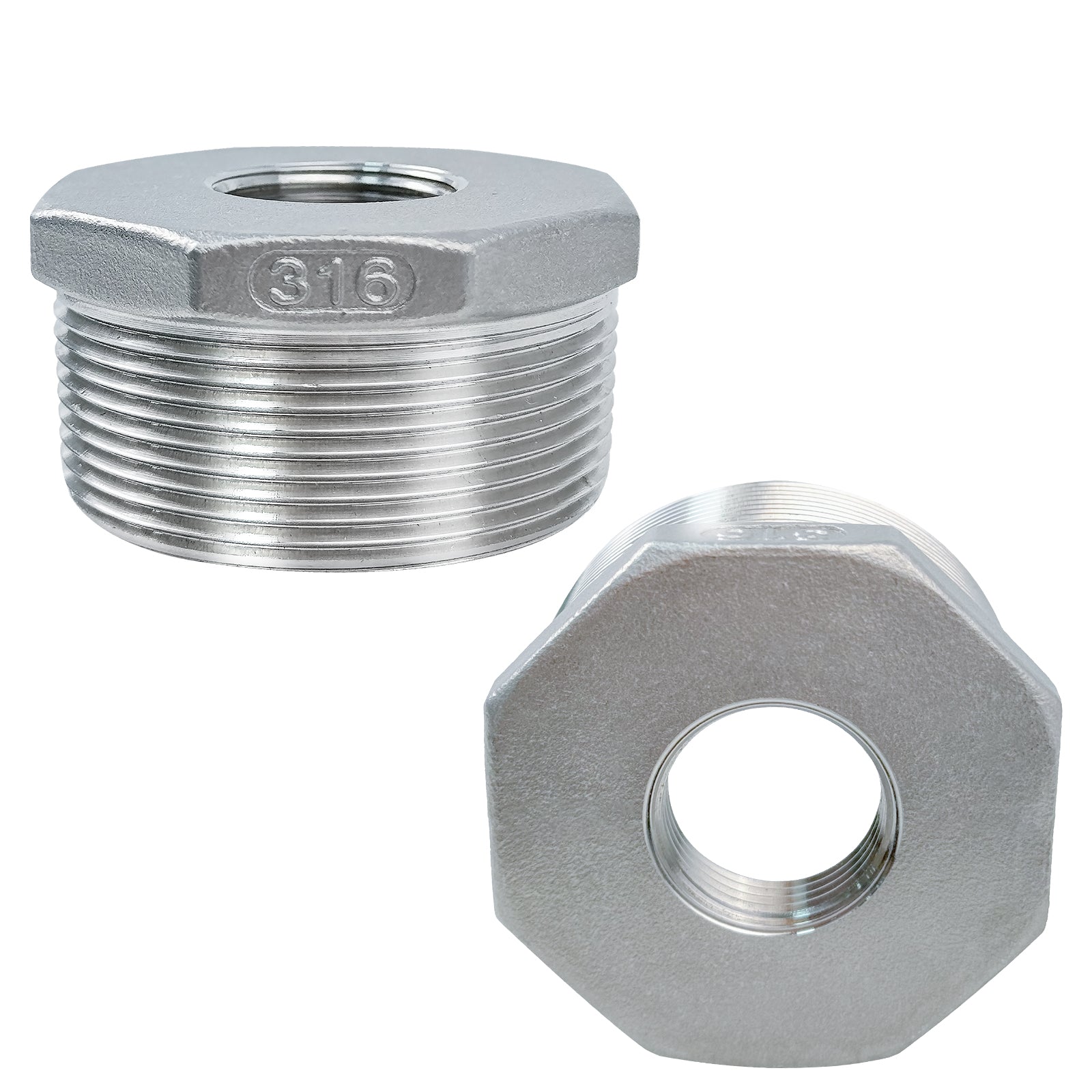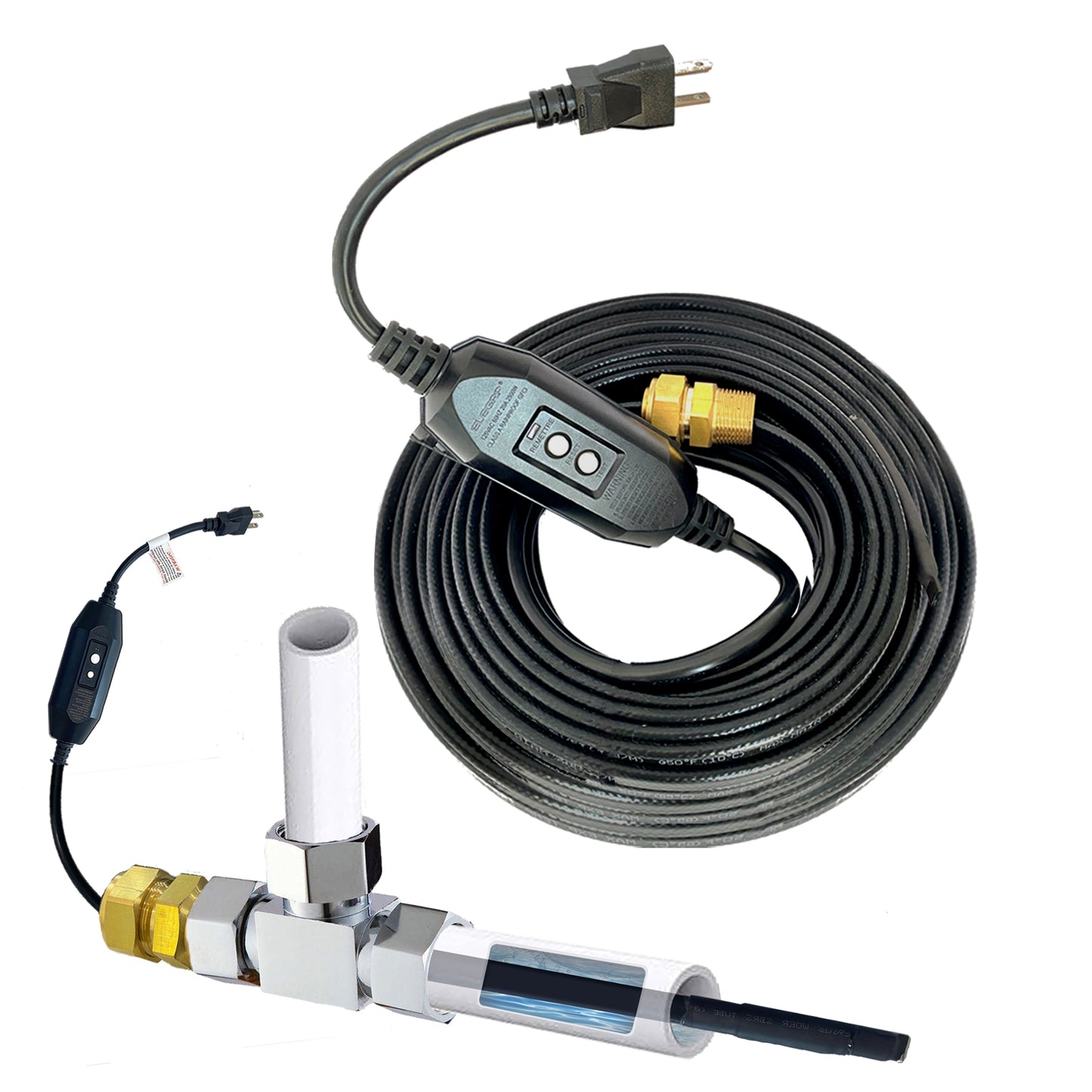

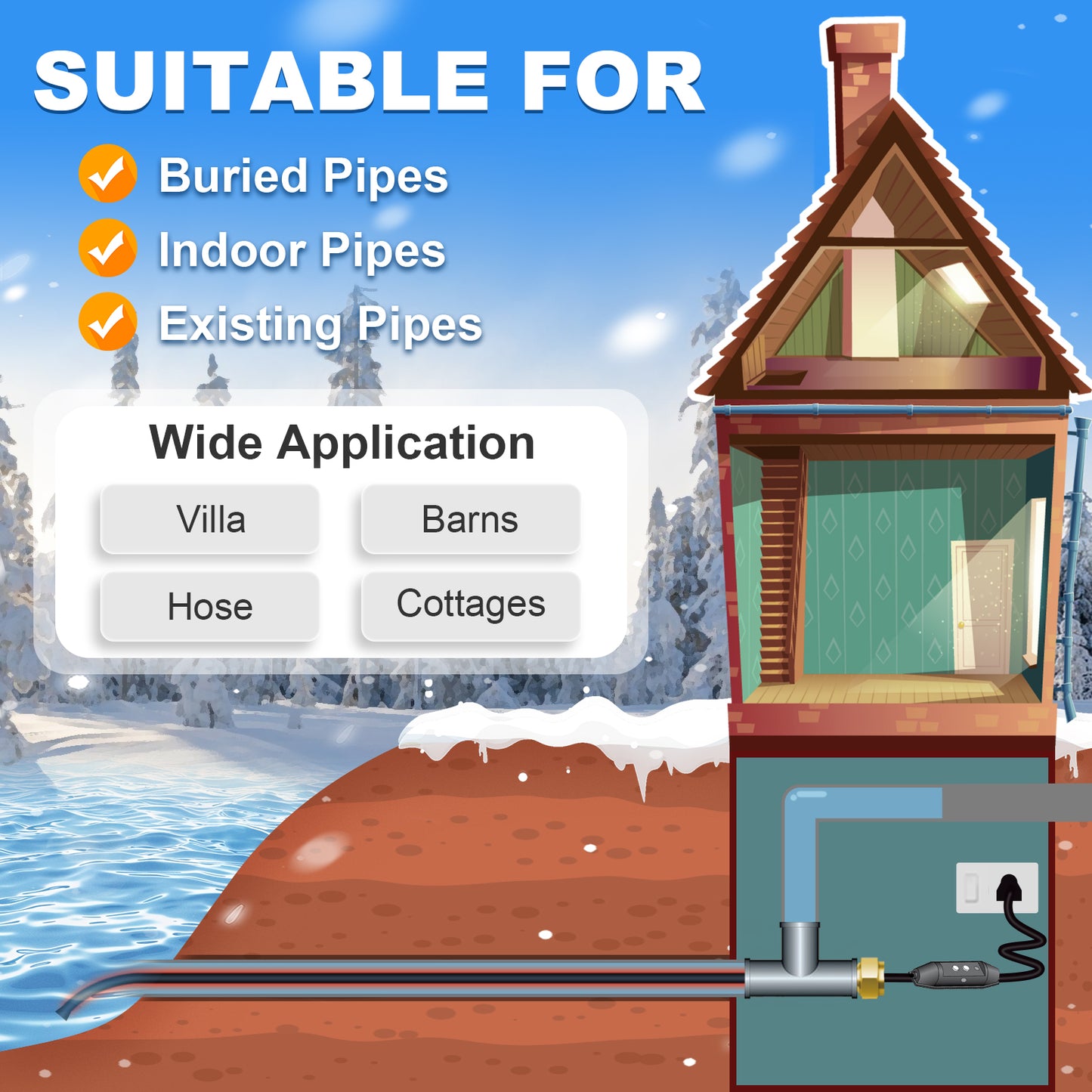
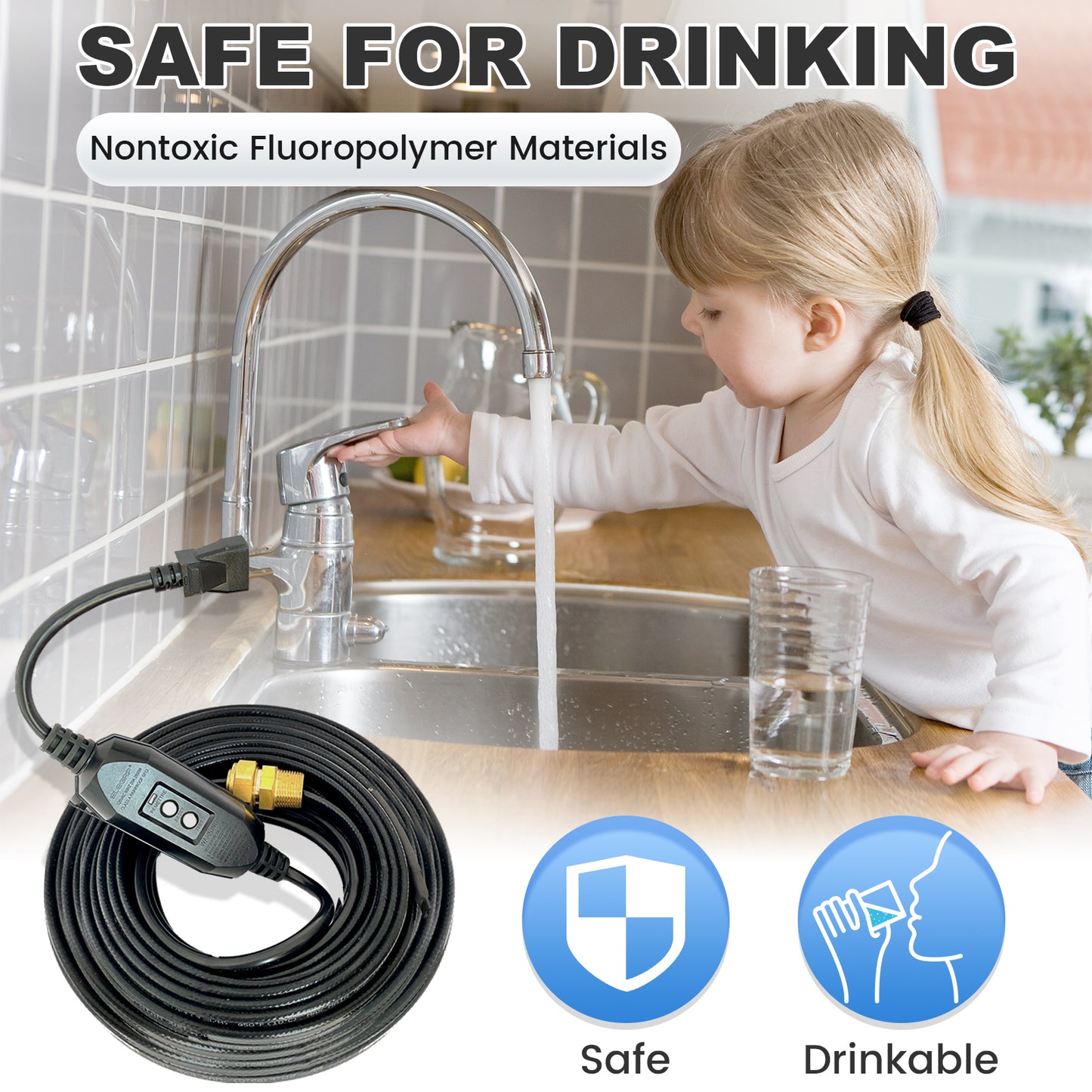
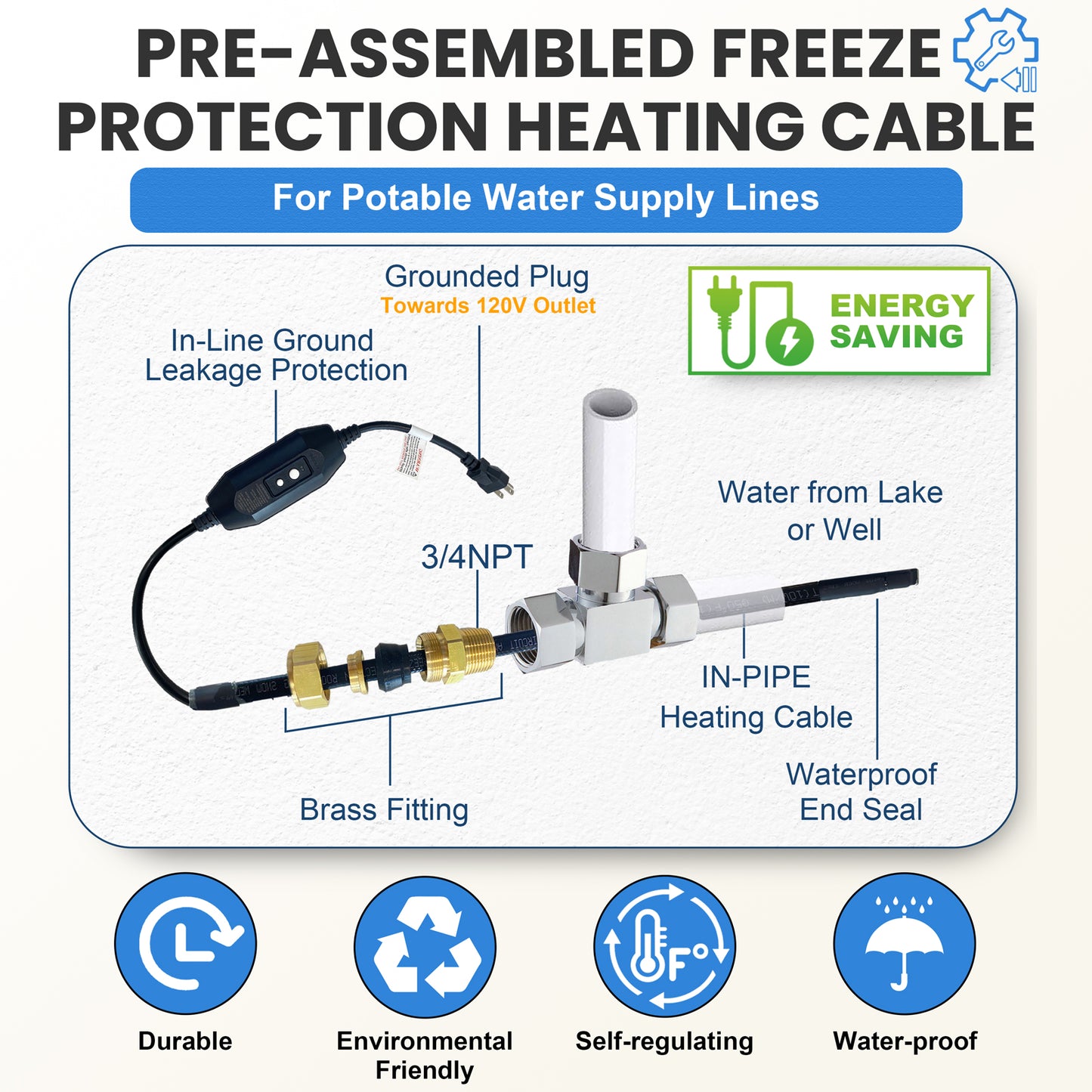
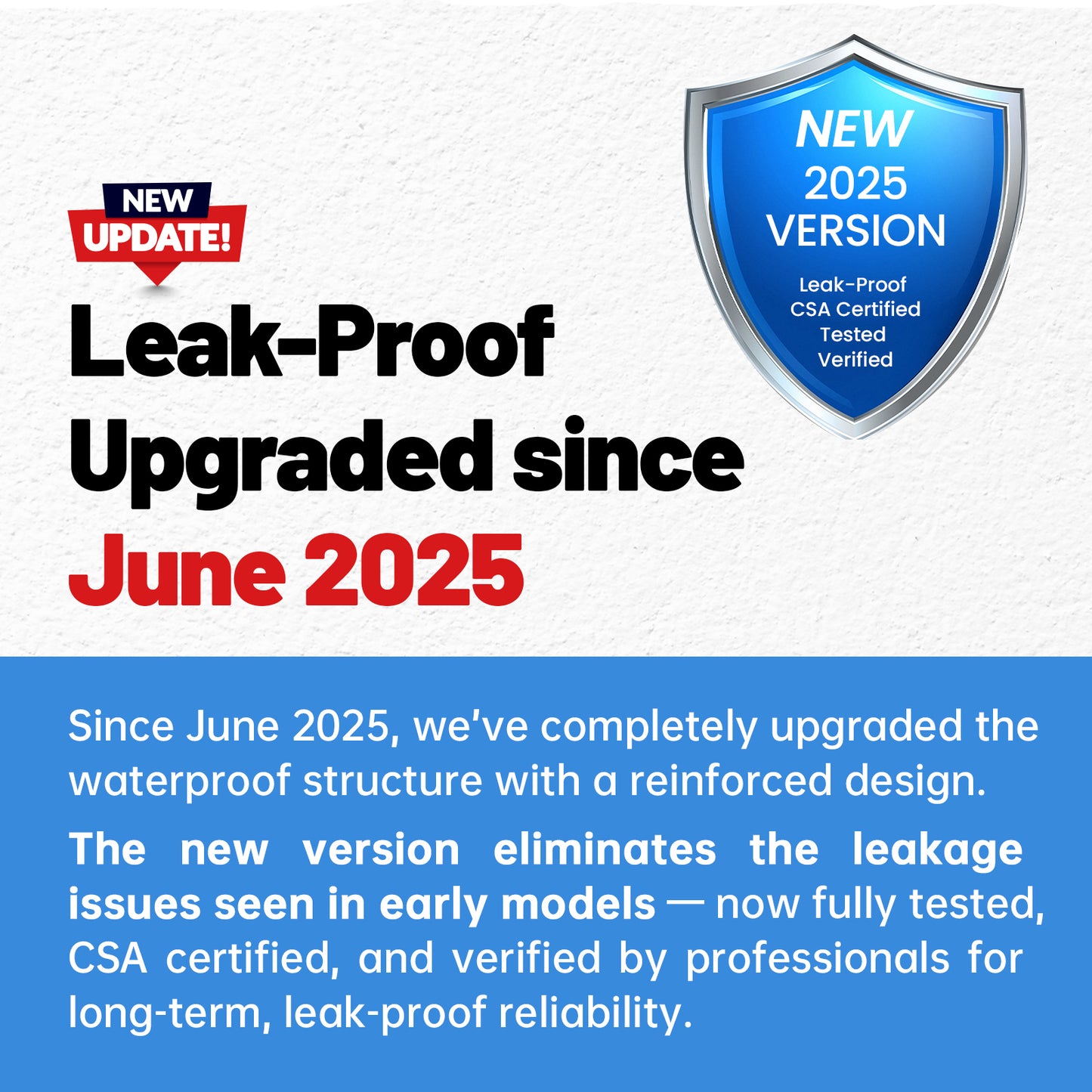
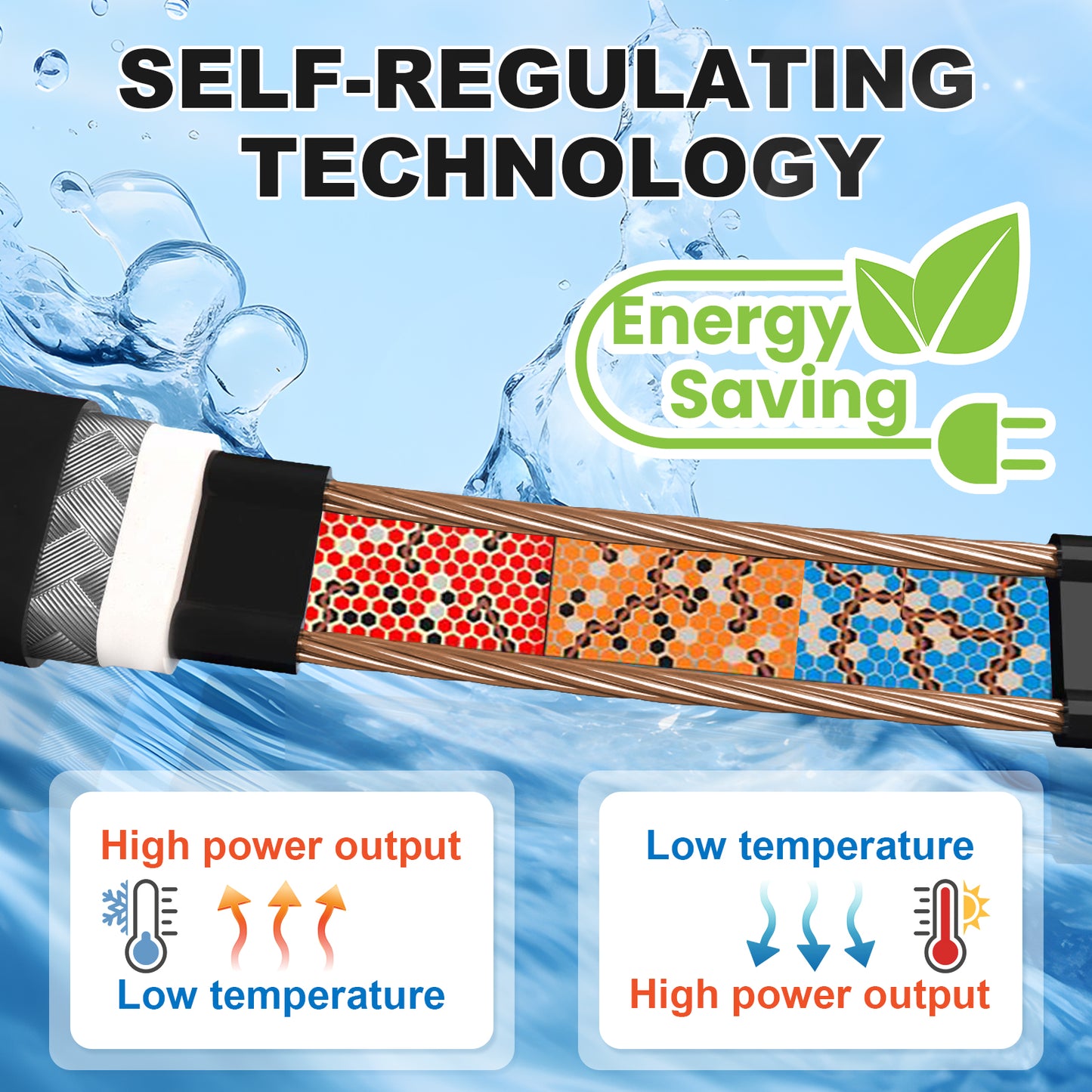
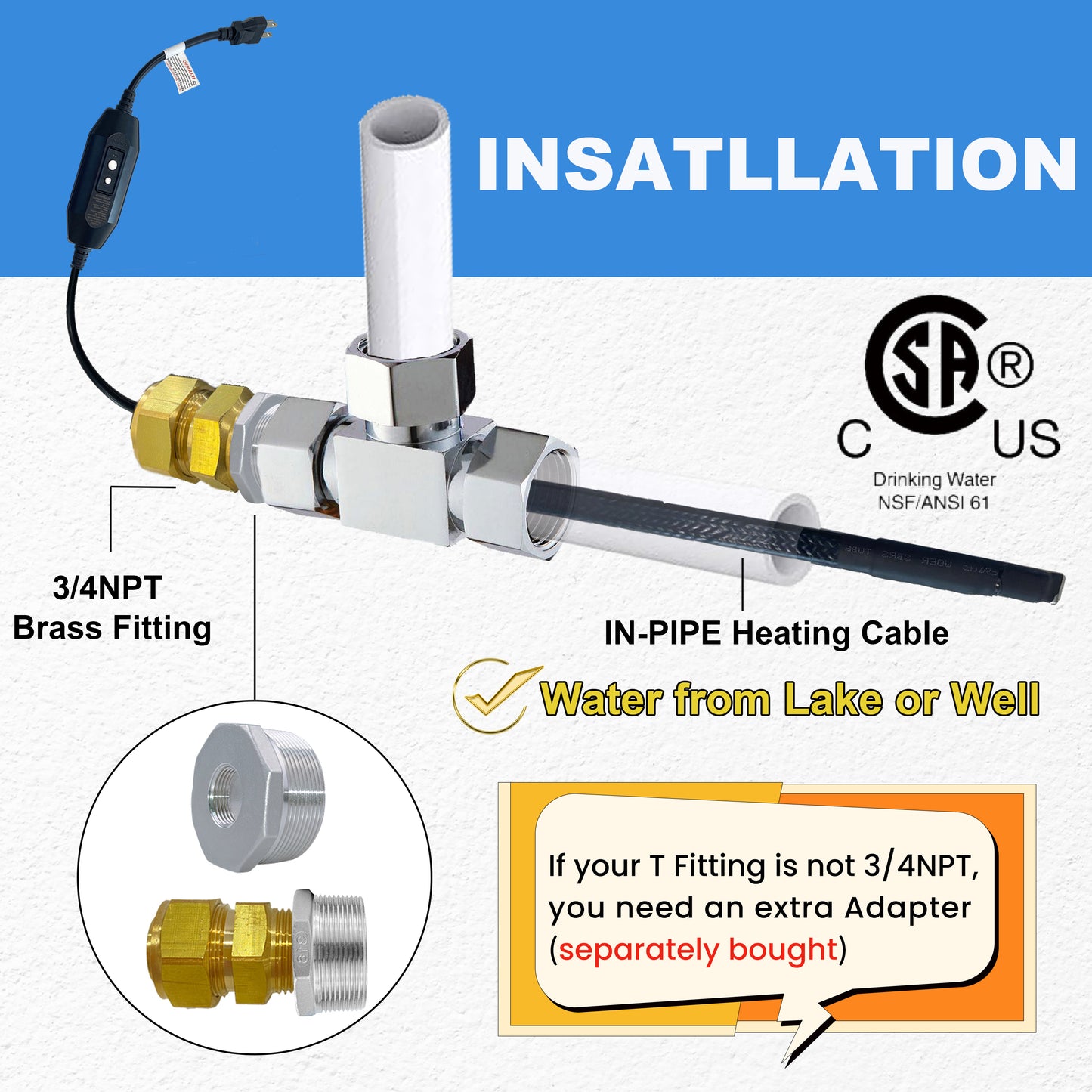
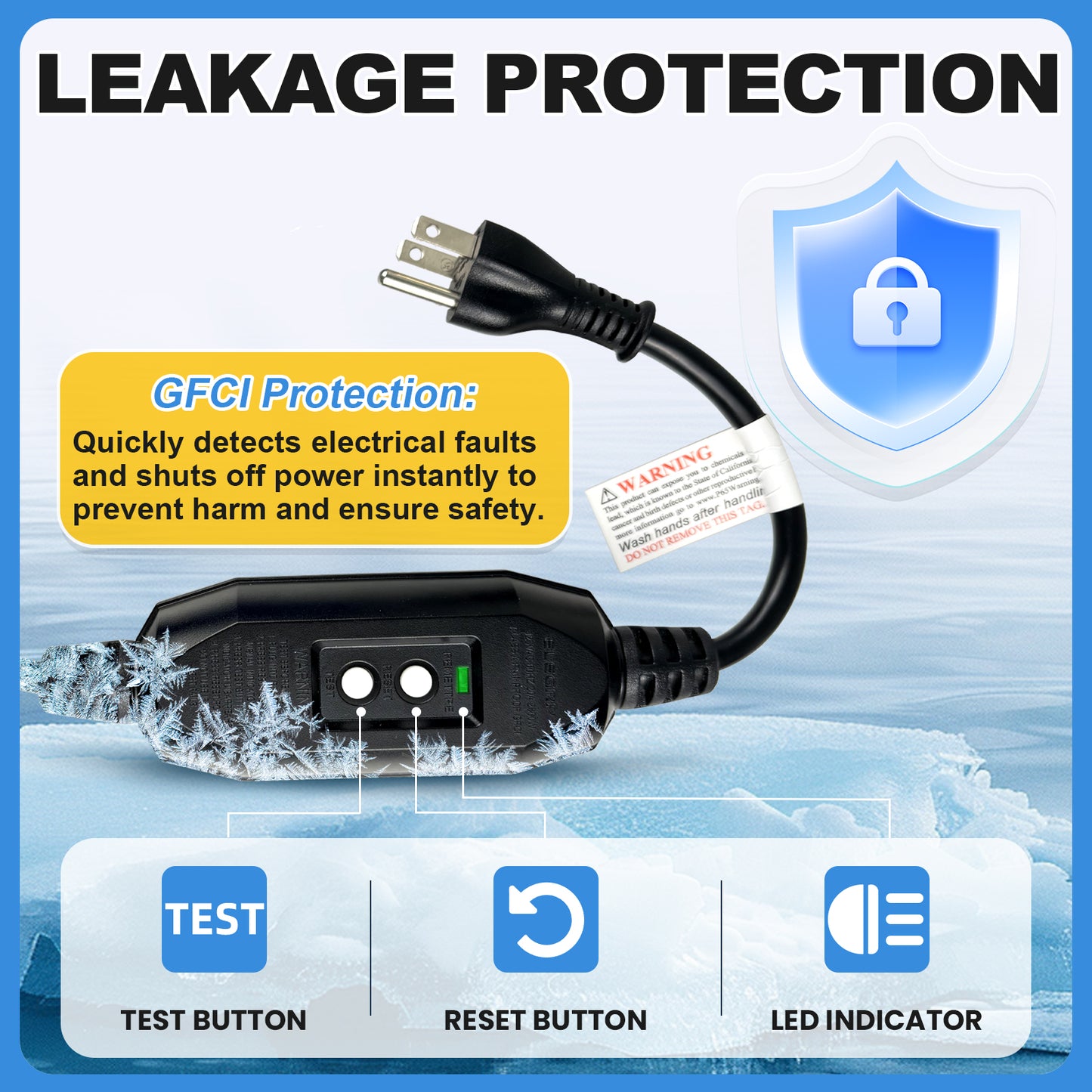
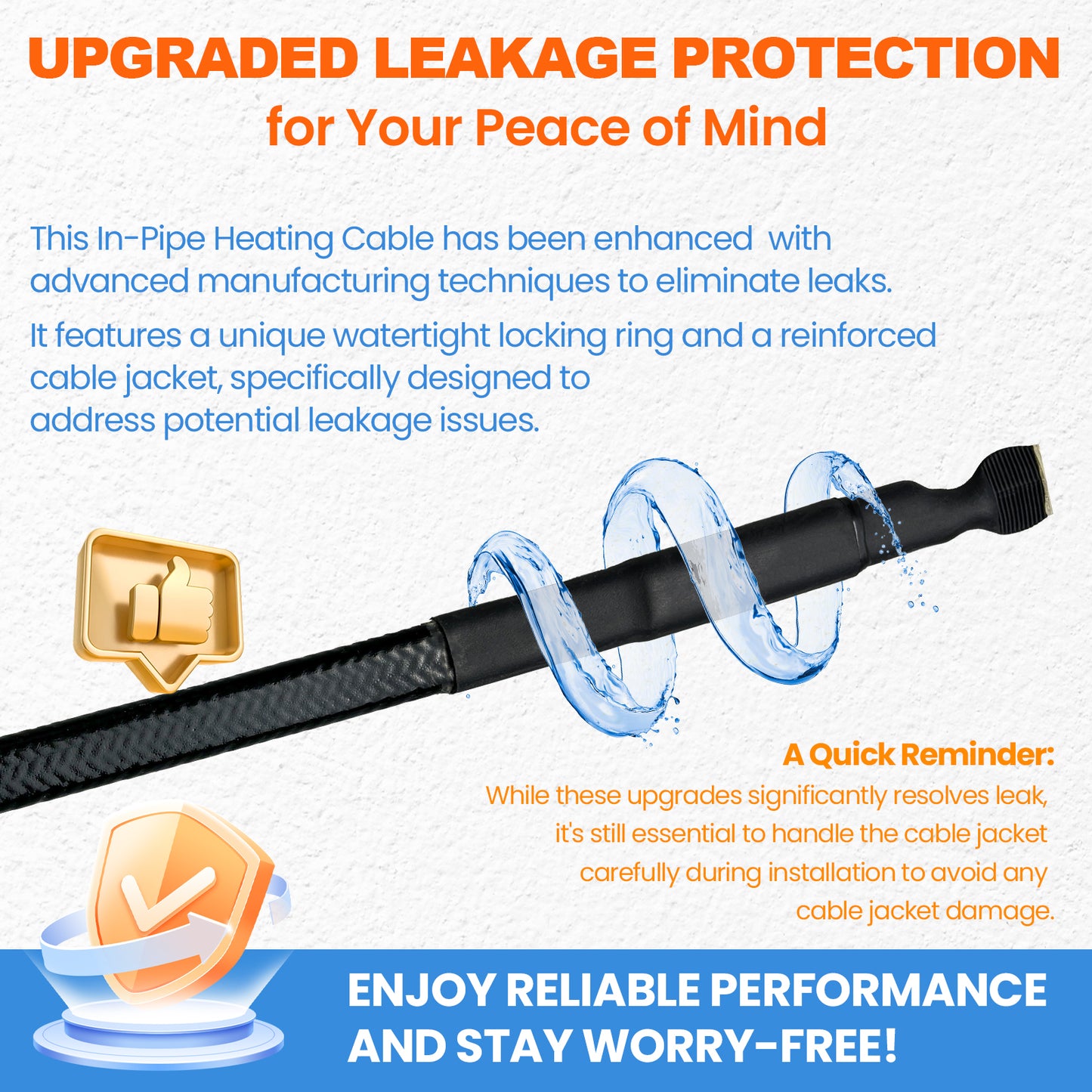




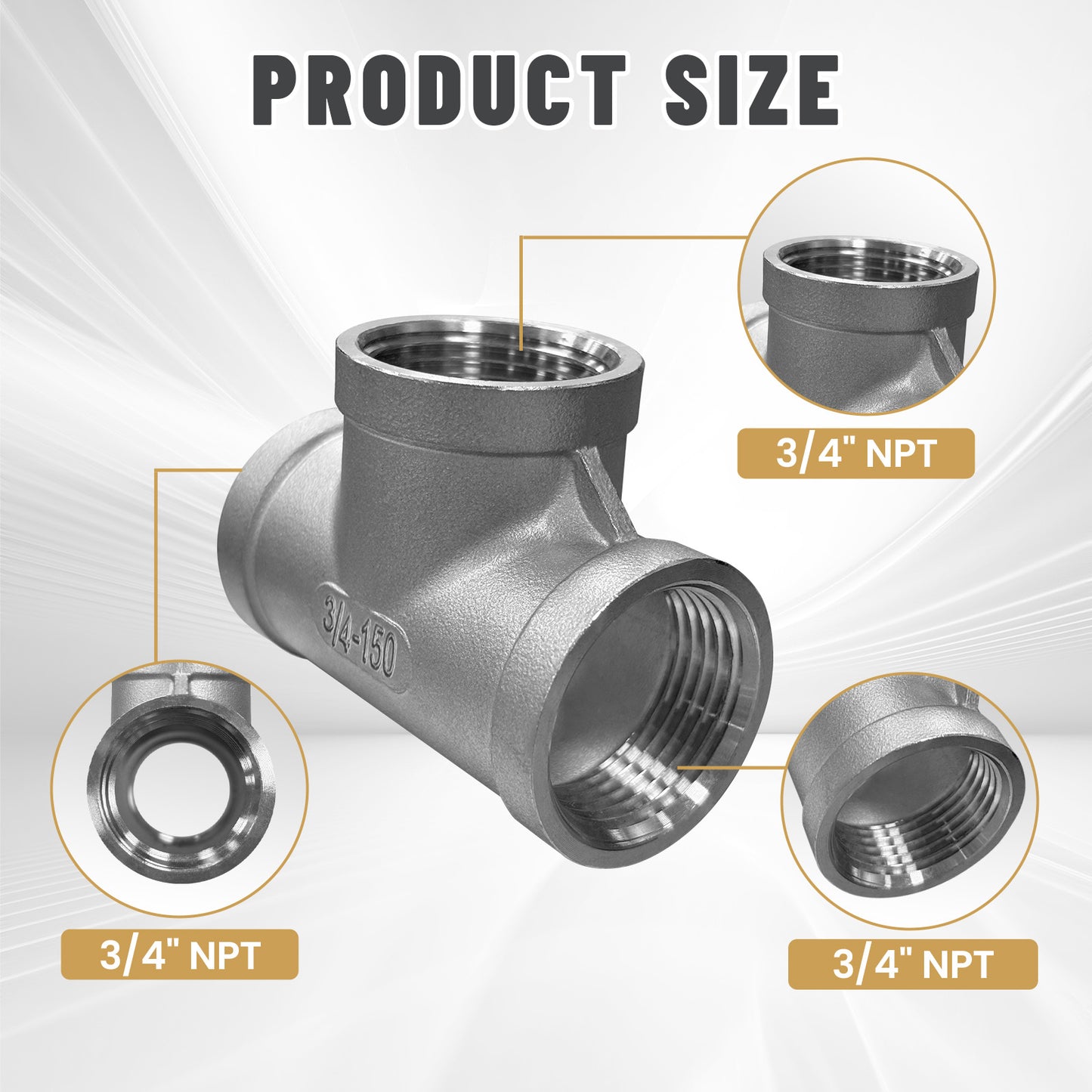
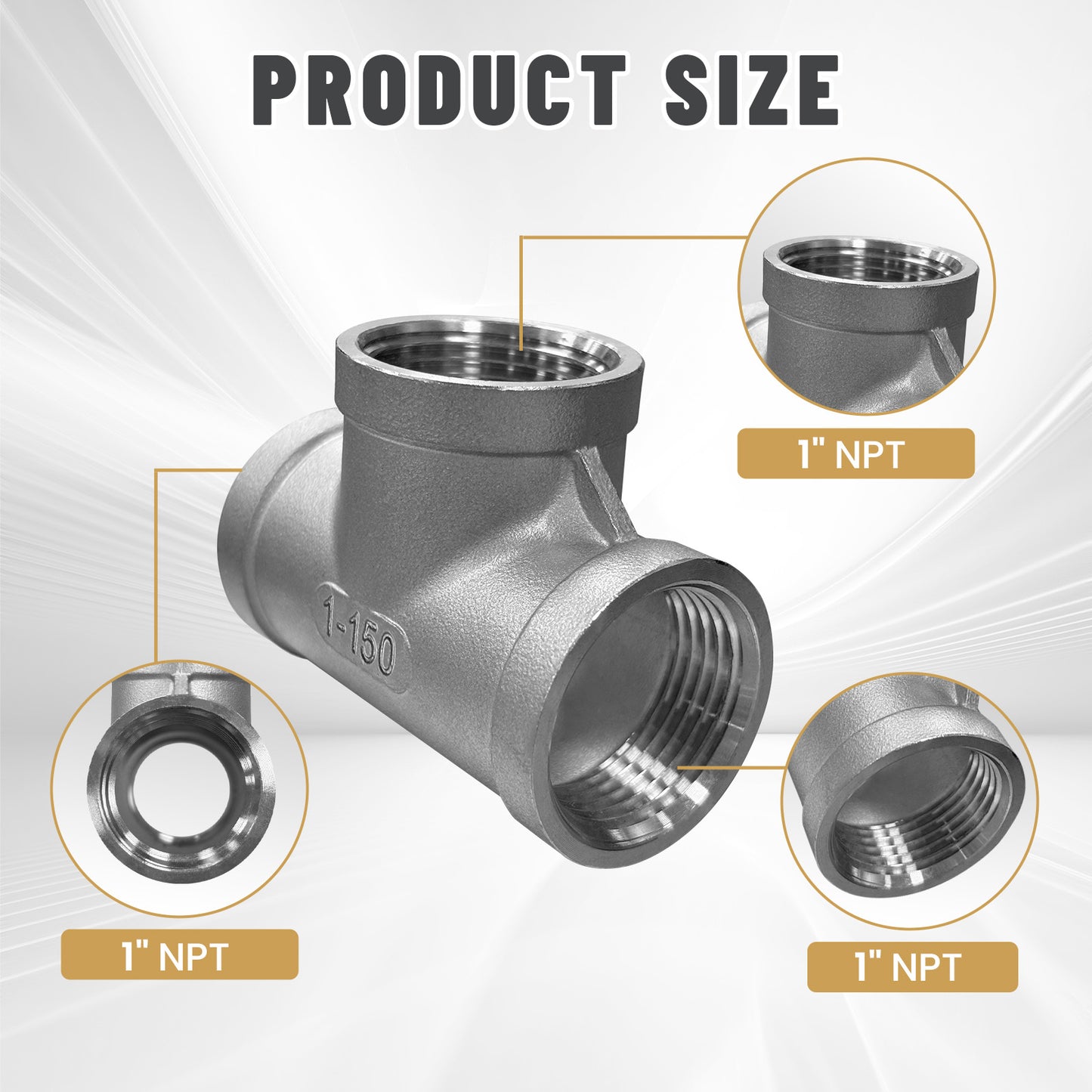
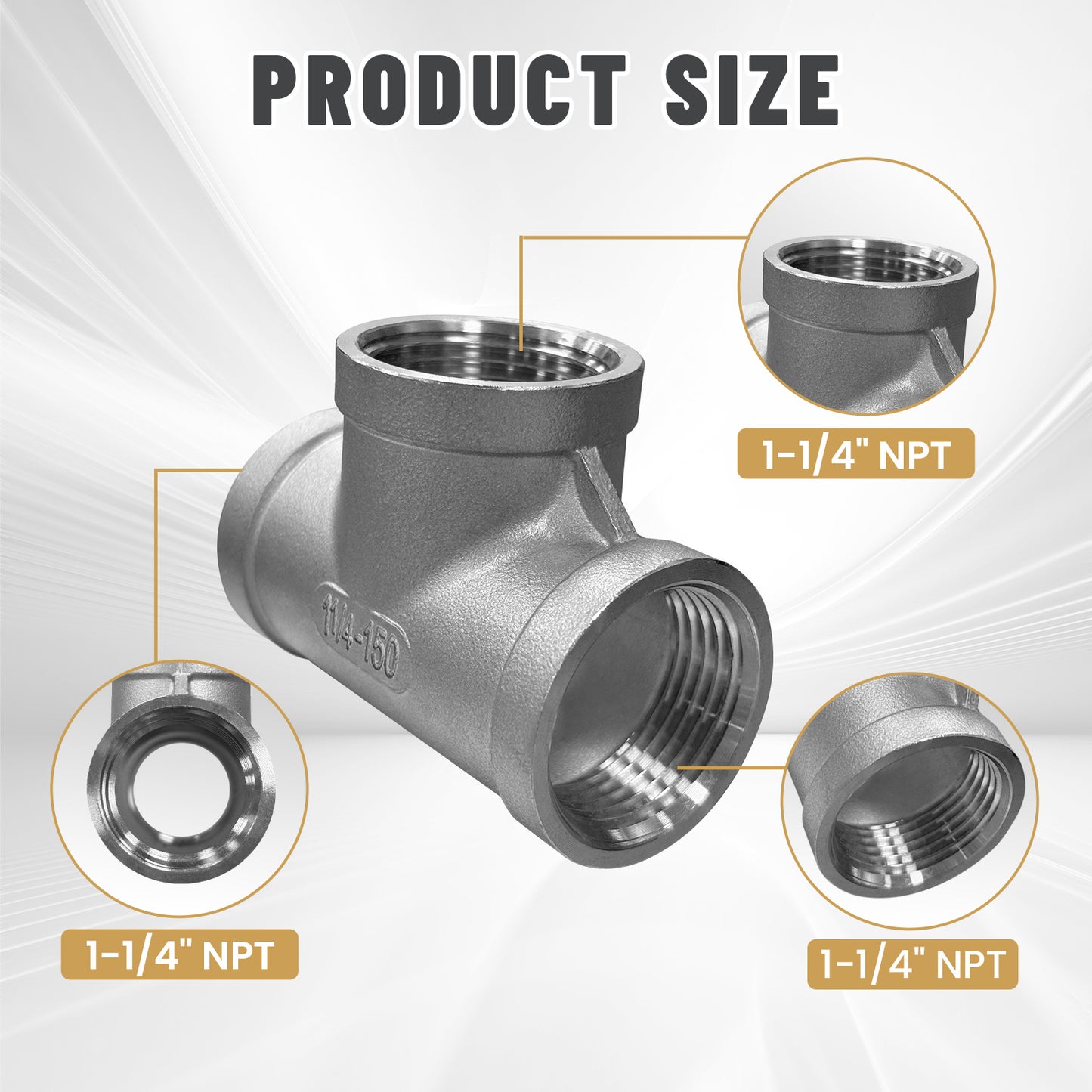
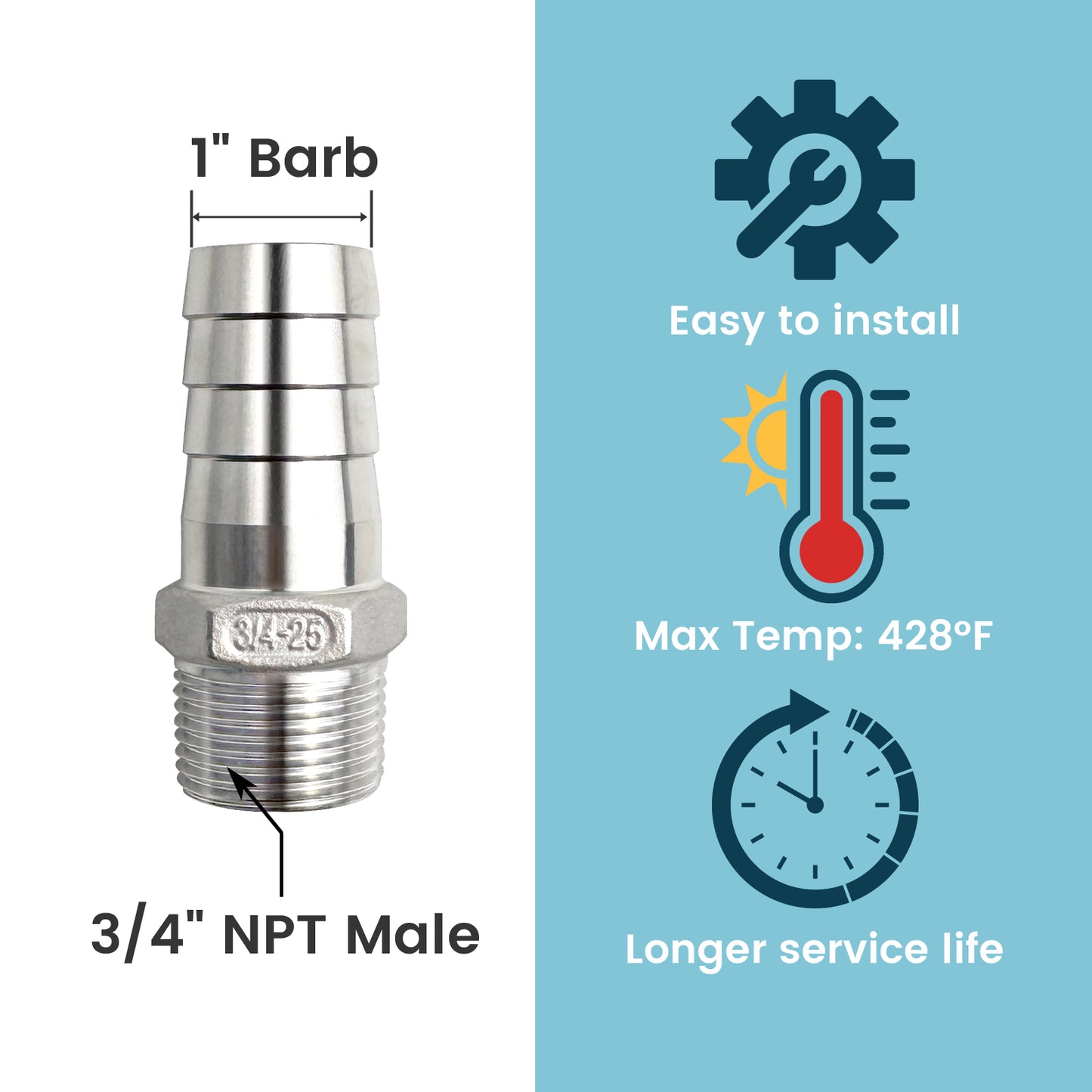
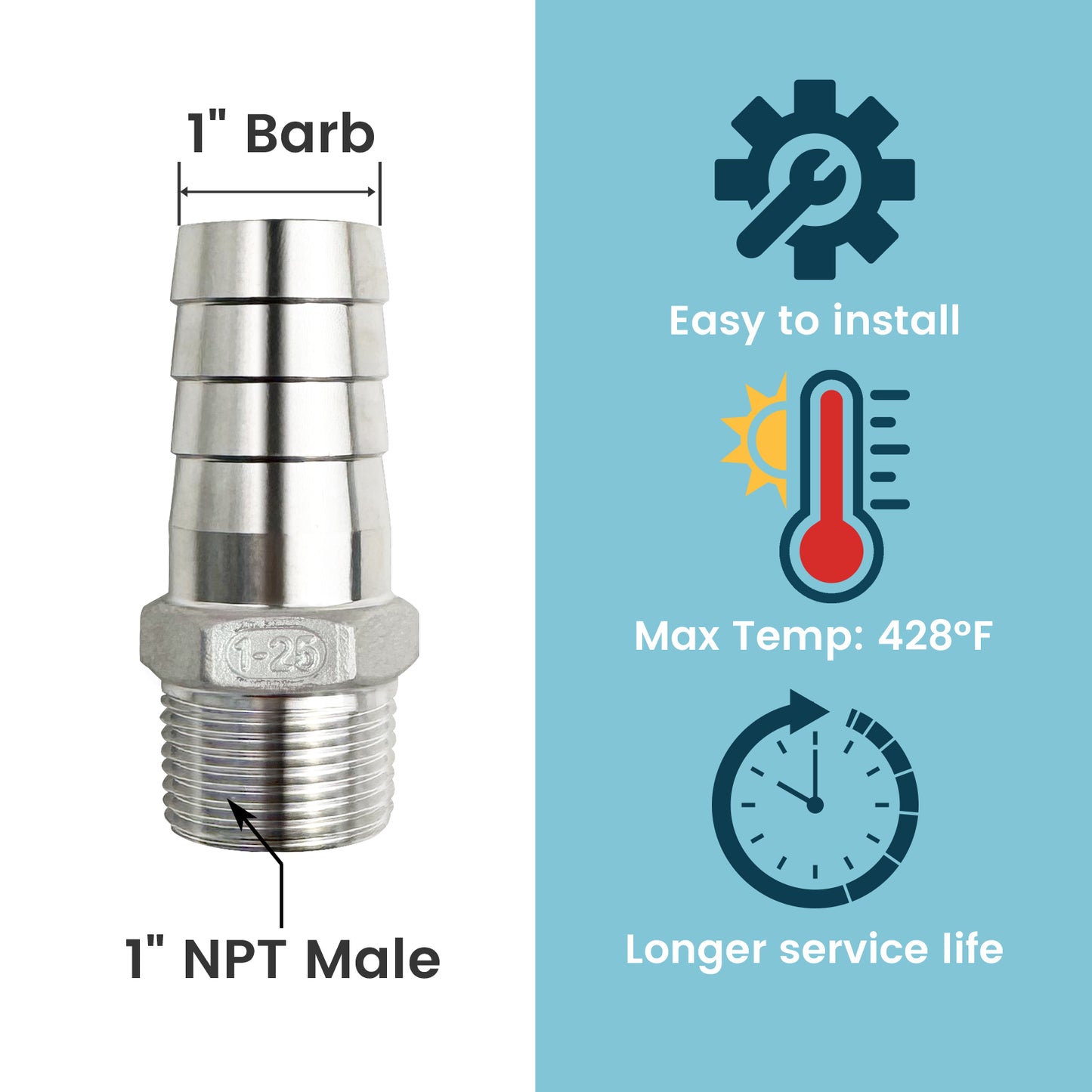
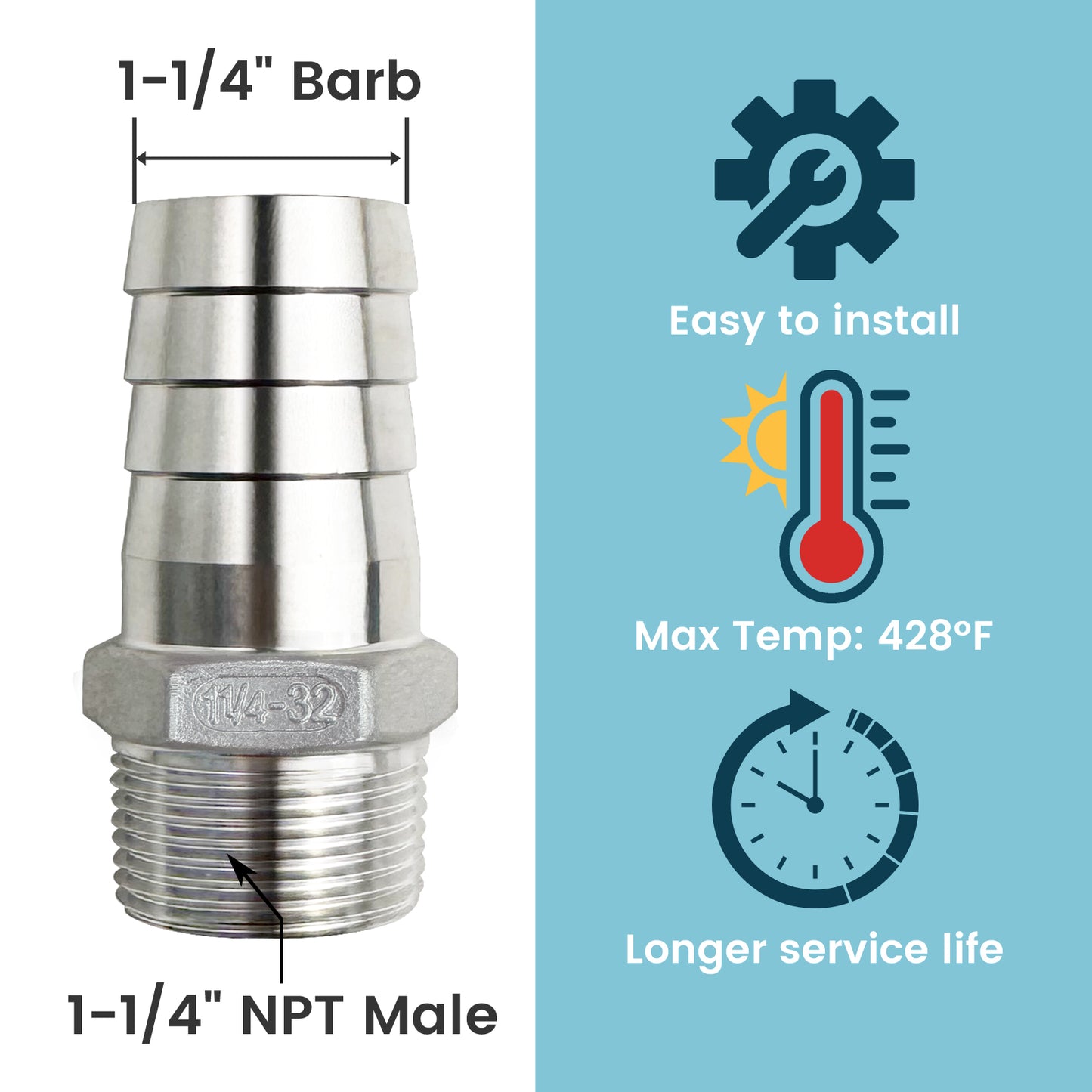

Frequently Asked Questions (FAQs)
Questions & Answers
Have a Question?
-
Est-ce que la lumière verte est sensée rester allumé quand le fil est connecté au 120 volts
-
Power goes out and line freezes will cable put out enough to clear frozen line when power comes back on line?
Key Notes on Post-Freezing Operation
-
In case of supply shortage, will the self regulating cable able to unfreeze the unbursted pipe and work normaly?
Hello Arrow ,
Thank you for your question.
Please rest assured that self-regulating cables can be used in both empty pipes and pipes filled with water. There is no need to worry about overheating.
Although they will not automatically shut off, they will work normally by adjusting the output power of each section of the cable according to the temperature. This is precisely the characteristic of self-regulating cables.
-
Can I trim the heating cable?
NO, the heating cable cannot be trimmed or altered, as this could lead to water leakage or product malfunction. Please measure the exact length needed before installation. We recommend using a fish tape measure inserted into the pipe for precise measurement.
-
Can this be used in a 25 foot long 4 inch sewage waste pipe line running from house to septic tank? I’ve had problems with freezing line when we’re away where a slow trickle of condensation water from furnace has froze in the drain line.
MAXKOSKO internal pipe heat cable is primarily designed for pipes with water pressure to prevent freezing, ensuring water flow during winter. However, we have seen some customers successfully use it in drain and sewer pipes, including PVC pipes in basements. The cable can be effective in situations where water accumulates and freezes at the end of a drainage pipe, preventing proper water flow.
-
Can the heating cable only be used in pipes that are filled with water?
Of course NOT. This internal heat cable can be used in both water-filled and empty pipes.
-
I need to install in a short section of 1/2 per that tends to freeze in extreme cold temperatures. Is there an option for a 5-6’ length and will the element fit inside a line that small? The line is only feeding a toilet.
Certainly, we can customize the length for you, but it's important to note that the minimum diameter requirement for the pipe is 3/4 inch. If the line feeding the toilet is 1/2 inch in diameter, it may not be suitable for the heating cable
-
I have a heater condensation line that runs through a heated space to an exterior wall and drains outside. The condensate is mildly acidic (2-4ph). The condensate pipe is 3/4" PVC. There are multiple 90 degree elbows along it's length. A) would the self-regulating temperature work correctly with some sections at room temperature, and some at colder outside temperature? Does it all heat to the same temperature? B) Will the 90 degree elbows be a problem? C) Will the acidity of the condensate be an issue?
A) The self-regulating heating cable can work correctly in varying temperatures along its length. It adjusts its heat output based on the surrounding temperature, so sections in a heated space will receive less heat compared to sections in colder outside temperatures. It doesn't necessarily heat everything to the same temperature, but it provides the necessary warmth based on the ambient conditions.
B) 90-degree elbows should generally not be a problem for the self-regulating heating cable. The cable is flexible and can bend around corners without affecting its functionality. However, it's essential to follow the guidelines for installation to ensure optimal performance.
C) The acidity of the condensate might be a concern as it may affect the lifespan of the heating cable. -
My water line at the cottage is 1-1/4”. Approximately 10’ of it is inside the crawl space and the other 110’ of line is exposed to the outside until it goes into the lake. Will this inline cable work? We get temps down to-35c in the winter.
Yes, this inline heating cable is designed to meet your needs. You can use it with confidence for your water line.
-
Will this product work for 3 inch and 4 inch PVC pipes?
Yes, this heating cable is suitable for pipes with diameters larger than 3/4 inch, including 3-inch and 4-inch PVC pipes. It is compatible with various materials, including metal and PVC, ensuring reliable performance for almost all types of pipes on the market.
-
Is the GFCI weather/waterproof?
The GFCI plug has a waterproof rating similar to IP66, providing a certain level of water resistance. However, it is not designed for prolonged submersion in water.
-
Can I use this line in my sewer?
The 'in line pipe heat cable' is primarily designed for water pipes to prevent freezing, but we have observed some customers using it in sewer applications.
-
If I instal this from the inside of my house, running inside my sump pump pipe to the outside; where is the thermostat ? Will the cable keep my sump pipe from freezing even thought inside my house stays at a warm temperature ?
The in-pipe heat cable does not come with a thermostat; it operates by generating heat once plugged in.
Utilizing self-regulating technology, the cable adjusts its heat output based on the surrounding temperature.
When the ambient temperature is high, the heating power decreases, and conversely, it increases when the environment is colder.
In your scenario, installing the cable inside the sump pump pipe and running it to the outside will provide some heat to prevent freezing, even if the inside of your house remains warm. The cable's heating power will adapt to the temperature variations, ensuring effective protection against freezing conditions. -
What is the diameter of the heating cable itself? I have a 1/2" pex water line buried to my garage that freezes every winter, curious if the cable is thin enough for a 1/2" line, thanks!
Thanks for your questions. The diameter is 0.44 inches. It is recommended for use with a minimum of 3/4 inch pipes.
-
How many watts do the in the pipe line heaters take?
The self-regulating cable rates at 3 W/ft at 50°F (10℃). Additionally, it can reach up to 5 W/ft when the temperature drops below 32°F (0°C).
-
Can the cable be installed from the top of the elbow? All pics show it out the one end? My layout would suit much better through the top...thx
Yes, it is OK to install the cable from the top of the elbow. The heating cable's minimum bending radius is 12mm, which allows for flexible installation.
-
Can it be used in a 7/8” diameter pipe
Of course! If the inner diameter of your pipe is 7/8 inches in diameter, then our product with a diameter of 0.47 inches will be suitable for use. However, if the 7/8 inches diameter you mentioned refers to the outer diameter of the pipe, you'll need to measure the actual inner diameter of the pipe to ensure that our product can be properly installed and used. If you need any assistance or further information, please feel free to contact us!
-
is it ridget enough to push 100 feet into a 4 inch sewer line, also can i use a 120 volt timer to turn it off and on?
Yes, you can use the timer to turn it on/off.
Usually, this cable can be pushed into pipes at up to 100-150ft.
For pipes > 2in diameter and for longer lengths, two methods could help. (Either method requires that you can access both ends of the water pipe.)
METHOD ONE – Use a fish tape. From the opposite pipe end, push a metal fish tape to the beginning end. Fasten it to the heating cable(make sure it won't damage the cable). Then, push the cable into the pipe while someone gently pulls the metal fish tape from the opposite end.
METHOD TWO – Use a foam mouse. Tie a string to the foam mouse, or a conduit piston, or a small piece of sponge, and use a vacuum, such as a shop vac, to suck the mouse through from one end to the other. Fasten it to the heating cable(make sure it won't damage the cable). Then, push the cable into the pipe while someone gently pulls the string from the opposite end.
Note: This in-pipe heating cable can only be installed inside pipes with a sweeping 90-degree bend, not sharp 90-degree fittings. -
Is it possible to install this with a 90 degree turn in the pipe. I would like to use it for a downspout that goes under our driveway and in yard.
The heating cable can be installed with a 90-degree turn in the pipe. This is applicable for downspouts, as they typically don't have strong water pressure. However, if the pipe has significant water pressure, it's advisable to install a T fitting to allow the cable to be installed in a 180° configuration. This ensures proper installation and effectiveness of the heating cable.
-
Is this cable self regulating? Can it burn out if it touches itself or if the pipe is dry?
Yes, it's self-regulating. So No, it won't burn out even if it touches itself or the pipe is dry.



